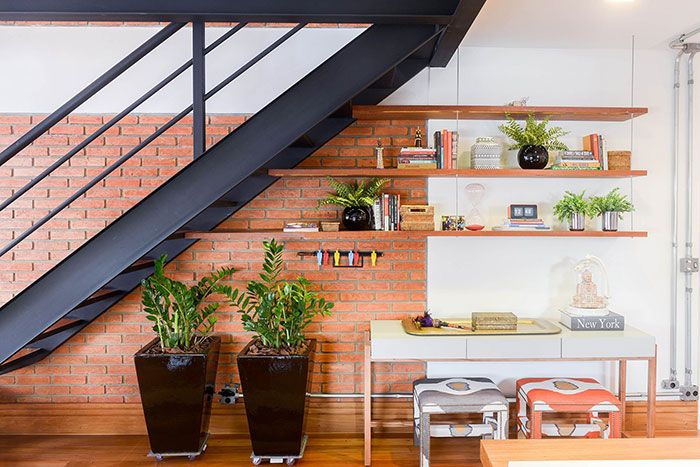With bright green leaves and elongated branches, Zamioculca is one of the most recommended species of foliage for indoor cultivation. If you are looking for a beautiful and easy-to-care plant, you need to know this plant by name, let's say, at least, weird. So, keep following this post that we will tell you all about it, teach you how to plant the zamioculca, how to care for the zamioculca, how to make zamioculca seedlings and also bring beautiful inspirations on how to insert the zamioculca in the home decoration.
The plant, originally from Africa, is widely used in the decoration of rooms, corridors, entrance halls, corporate environments, public spaces and, above all, it is the best choice for poorly lit places. Do you know the reason for all this popularity? It adapts very well to all types of places and requires little lighting and ventilation. However, despite the high resistance of the plant, it does not tolerate frost. In that case, protect your zamioculca in cold weather, especially when the thermometers are below 18º.
The zamioculca belongs to the family of Aráceas, the same one of the glasses of milk and anthuriums, but the plant resembles more with a species known as zâmia. Such similarity gave rise to the scientific name Zamioculca. However, this is not the only name of the plant, it is also popularly known as dollar or money tree, in direct relation to its shade of green.
How to plant Zamioculca
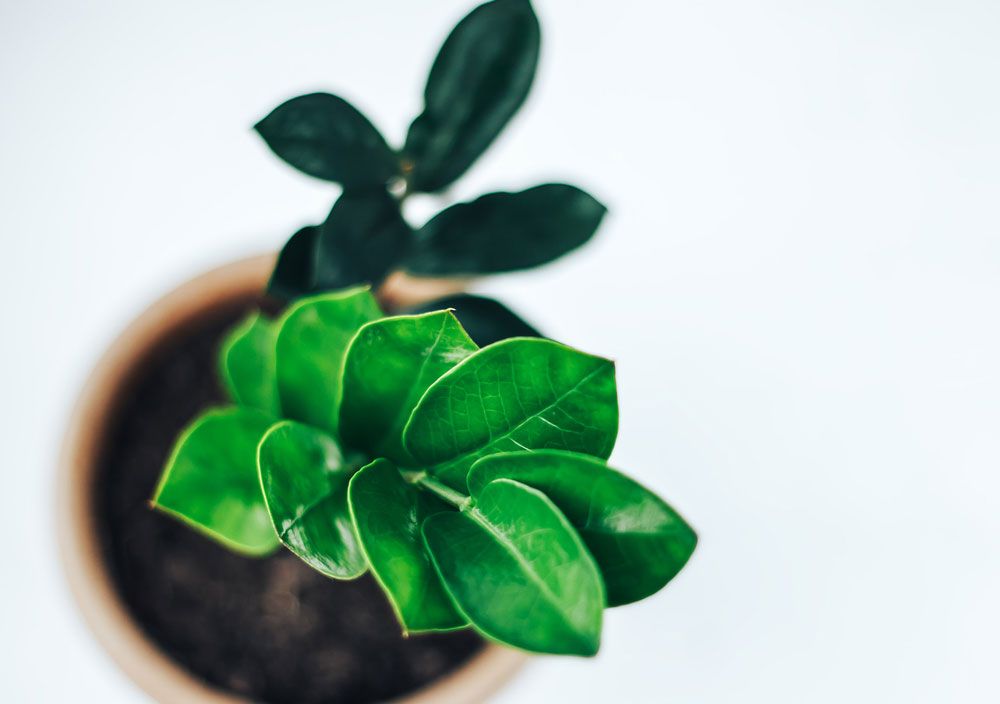
It is very simple to plant zamioculca. Generally, zamioculcas seedlings are made by dividing clumps or by seeds that fall from the flowering stem. But it is also possible to obtain zamioculca seedlings from the branches of the plant. In this case, remove a branch close to the base and leave it in the water until the roots start to appear, then just plant.
Before starting planting, have a pot of adequate size for the seedling. It is recommended to use a pot two to three times larger than the seedling to ensure the best conditions for growth and development of the plant.
At the bottom of the pot, add expanded clay or pebbles to aid drainage. Zamioculca does not tolerate excess water and a good drainage system in the pot will guarantee the beauty of the leaves of this species. After filling about ¼ of the pot with clay, prepare the soil. The recommended ratio is 1 liter of common soil to ½ liter of sand and ½ liter of earthworm humus. Mix all components well before placing them in the vase. Fix the plant in the center and complete with the rest of the soil mixture. It is worth mentioning that the proportions may vary more or less depending on the size of the vessel being used.
When planting, pruning or handling the zamioculca it is very important to use gloves, as the sap of the plant can irritate the skin and mucous membranes.
Thanks to the slow growth of the plant, replanting only needs to be done every three years, on average, or when you notice the need. On that occasion, dismember the clump and renew the land. New seedlings that come out of the mother clump can be planted again, giving rise to new vases of zamioculcas.
How to care for Zamioculca
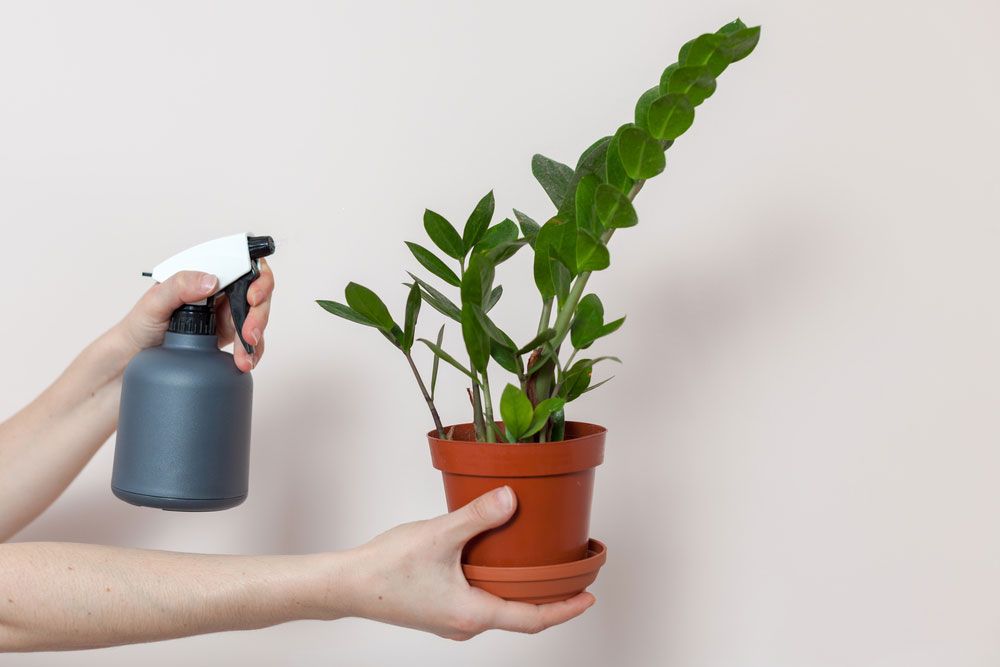
The zamioculca is the most suitable plant for the beginning gardeners or those very forgotten. After all, the plant requires very little care.
Zamioculca is very resistant and able to survive long periods without water. Watering should be carried out once or twice a week, keeping the soil always moist, but never soaked. With zamioculca it is better to sin due to the lack of water than to the excess, since the soaked soil causes the yellowing of the leaves and even the rotting of the rhizome, which will inevitably lead the plant to death.
To remain beautiful and healthy it is important to keep the soil of the zamioculca pot fertilized. Use organic matter, such as earthworm humus, to compost instead of chemical fertilizers. The fertilizer replacement should be done only every three or four months. Also remember to remove the yellow and dead leaves so as not to compromise the health of the plant.
Zamioculca does not support sun exposure. Therefore, it can and should be grown in half shade or full shade. A tip to ensure even growth is to rotate the pot from time to time so that all parts of the plant can receive the same amount of light.
Curiosities about the plant
- The zamioculca has white flowers. It turns out that you will hardly be able to see them, since they are practically hidden within the clump of leaves. The flowering period is in the summer or early autumn;
- The underground rhizome of the zamioculca, similar to a potato, stores water, which allows the plant to survive for a long period of drought. If this happens, all its leaves fall, but the rhizome remains alive, starting to sprout again during the rainy season;
- All parts of zamioculca are poisonous if ingested. Therefore, there is little care, especially with pets and children. The simple contact with the sap of the plant already causes irritation of the skin and mucous membranes;
- The zamioculca is very resistant to low light and can live in shaded places where other plants would hardly survive;
- Do you know those products to clean the leaves of plants? Well, don't even think about cleaning the leaves of your zamioculca with them. The plant simply does not adapt;
- The zamioculca is so suitable for interior decoration that it can be grown even in air-conditioned environments, being, therefore, a great option for offices, stores and shopping malls;
- Zamioculca with yellow leaves can indicate two problems: either too much water or too much sun. Exposure to the sun can burn the plant and weaken the rhizome, since abundant and frequent watering tends to yellow the leaves and rot the plant;
- They say that zamioculca serves to attract protection, luck and prosperity when placed at the entrance to the house;
Now that you know everything about zamioculca, from planting to care, it's time for you to check out how to use it in the decoration of the house, taking advantage of all the beauty of the plant in the best possible way:
Image 1 – Intense green of the leaves of the zamioculca forms a beautiful contrast with the white environment.

Image 2 – Indoors, zamioculca vases develop very well, even without the presence of windows.
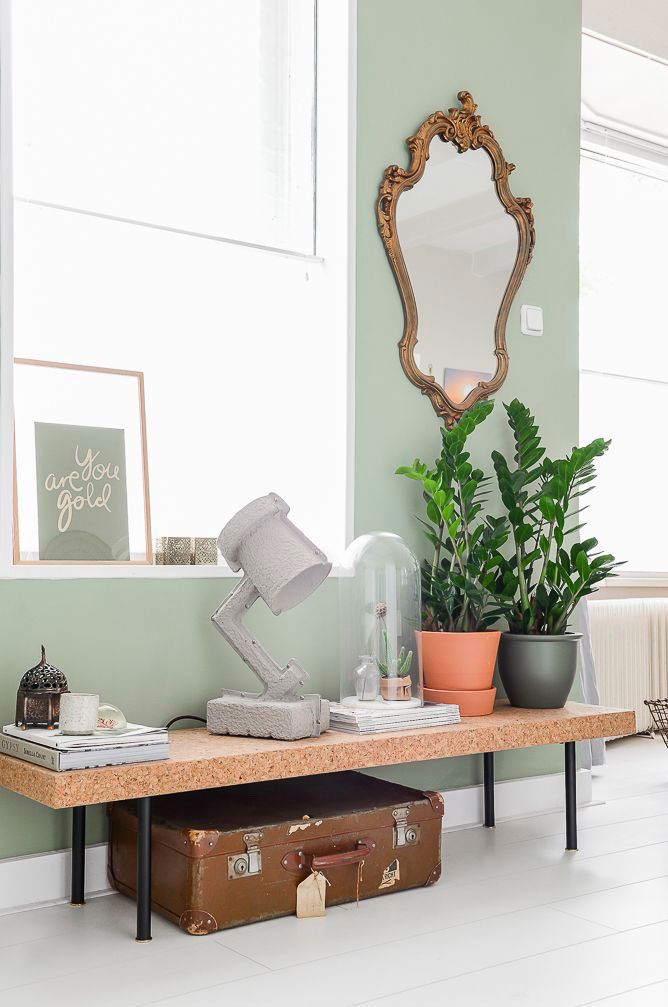
Picture 3 – Decorating the steps of the stairs, each zamioculca was planted in a vase of different color.

Image 4 – The clay vase and the plant compete for water, but when the vase is placed in the bathroom the natural humidity of the environment is absorbed by the vase, balancing the dispute.
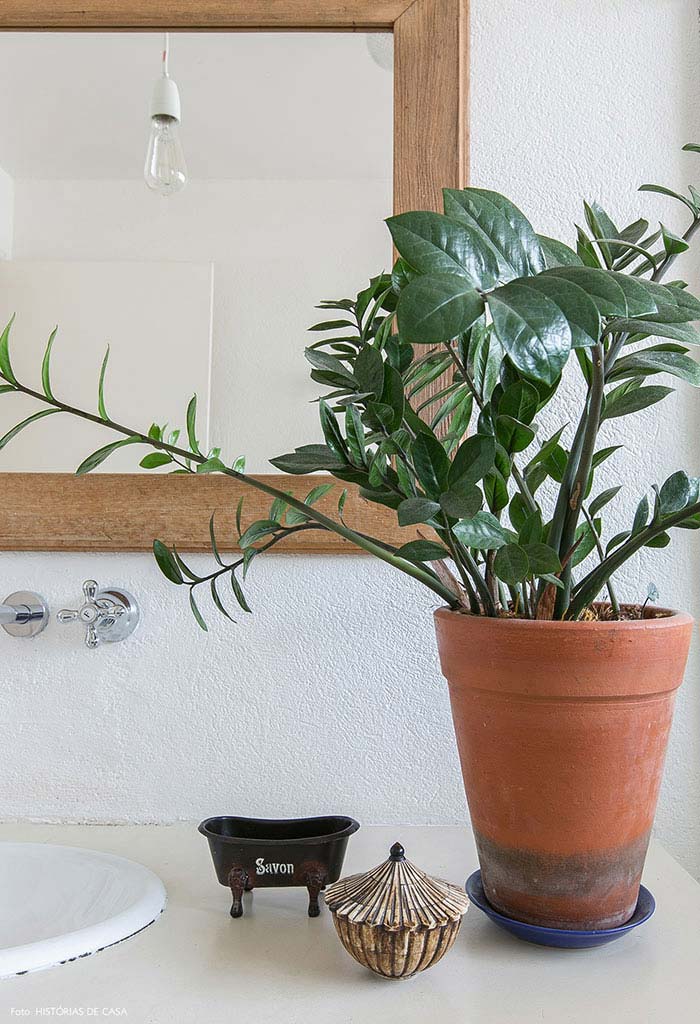
Image 5 – Zamioculcas planted in pots with geometric print.
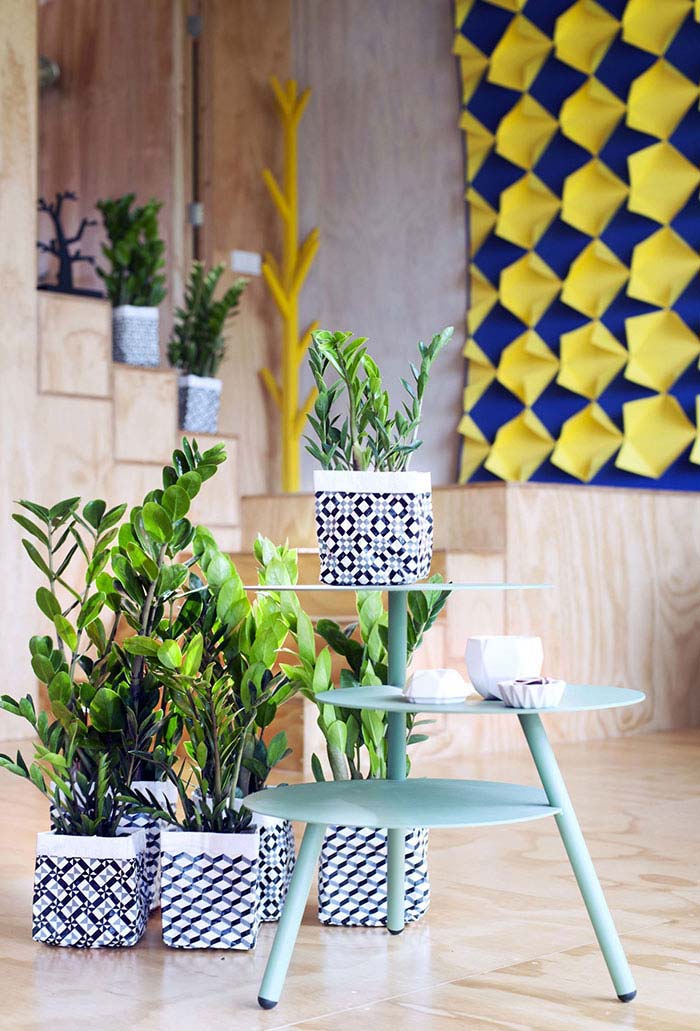
Image 6 – The coffee table in this room was valued for the presence of the zamioculca vase.
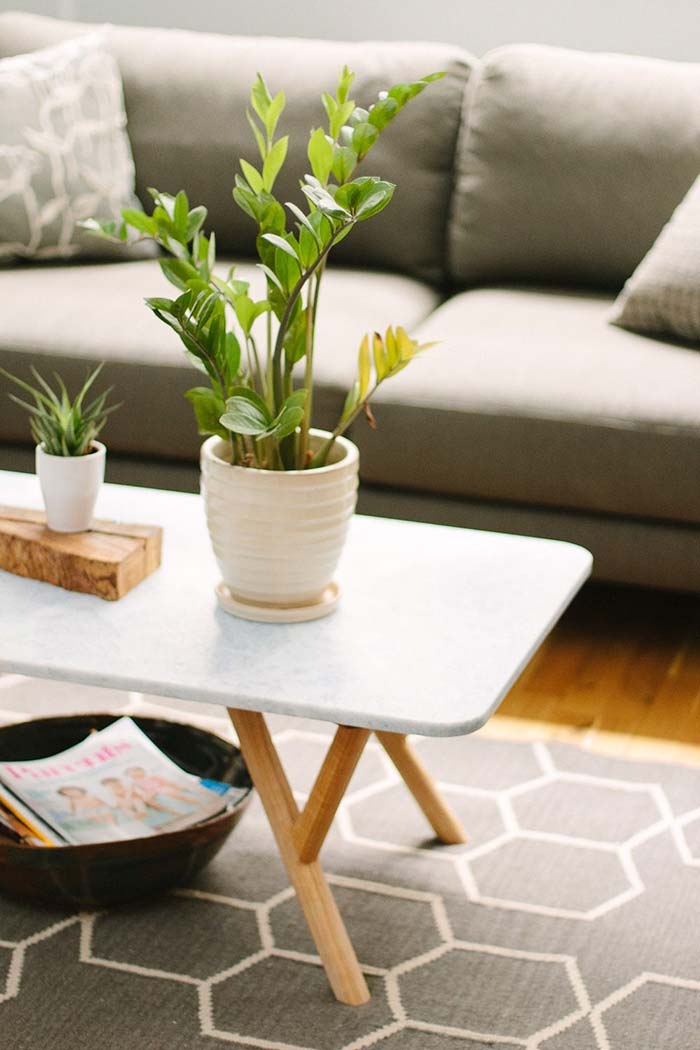
Image 7 – If you have enough space, the zamioculca can reach up to one meter in height.
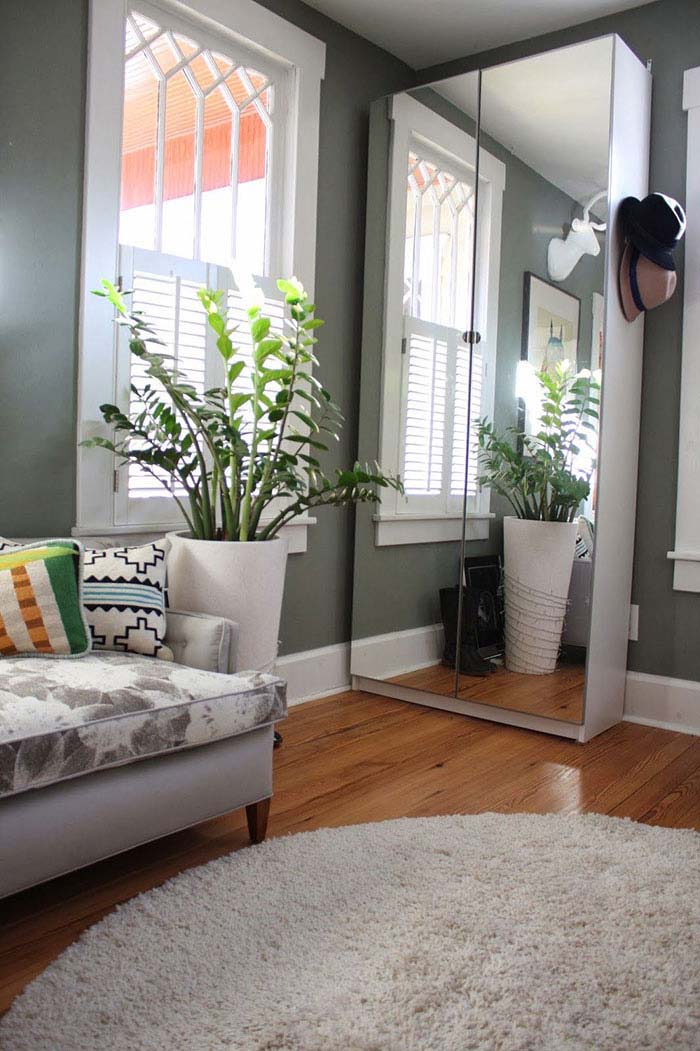
Image 8 – The presence of the zamioculca raises the energy and the joy of any environment.
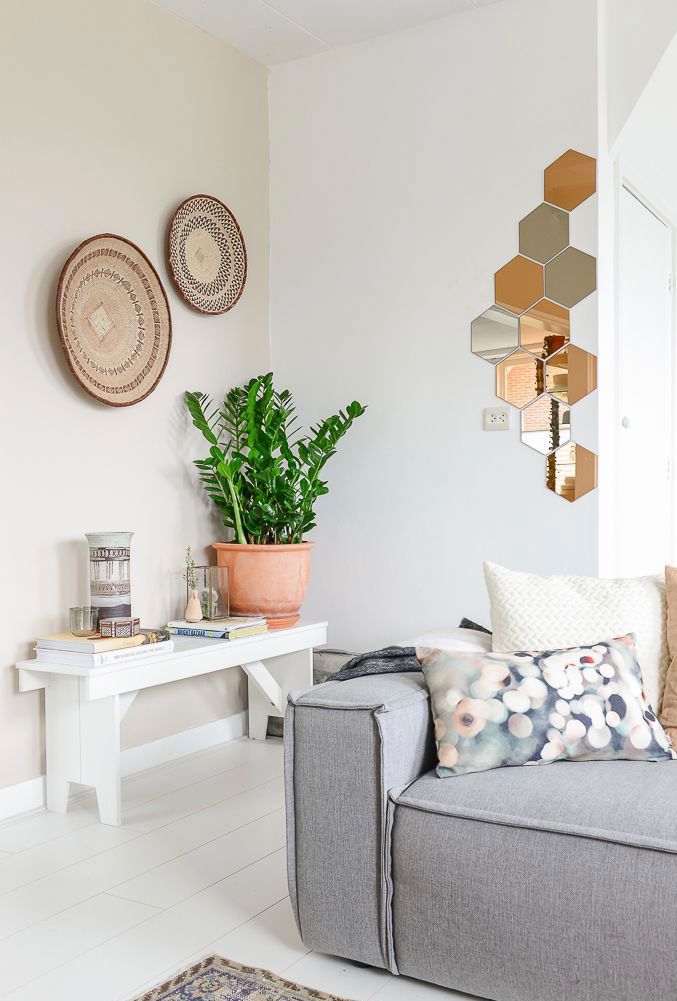
Image 9 – Three ways to use the zamioculca in the same environment: suspended, supported on a small table or just a twig inside the solitary vase.
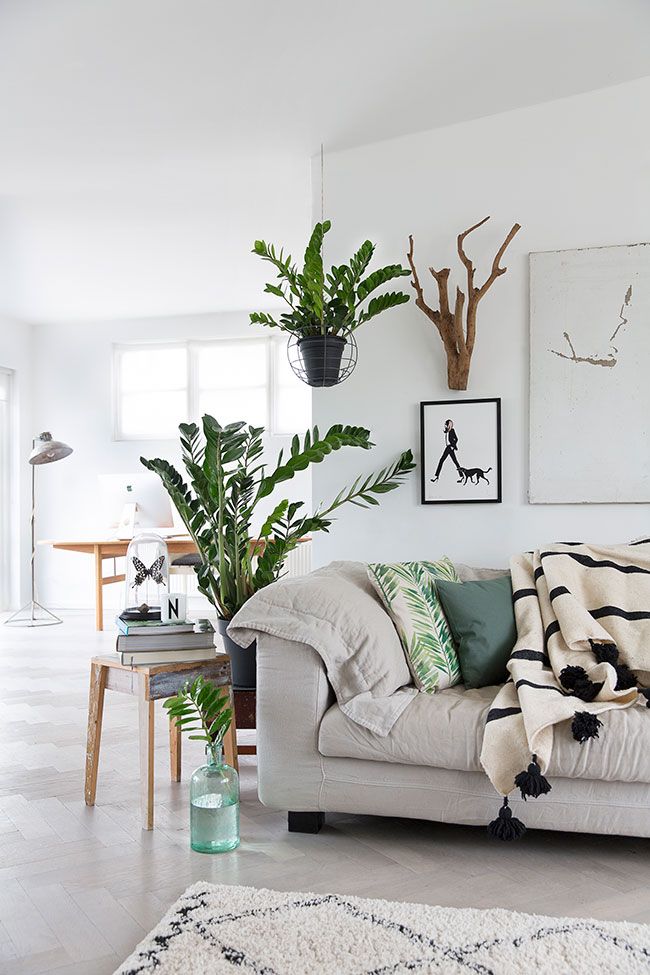
Image 10 – Mix of foliage in the window: zamioculca, fern, rib of Adam and cyclant.
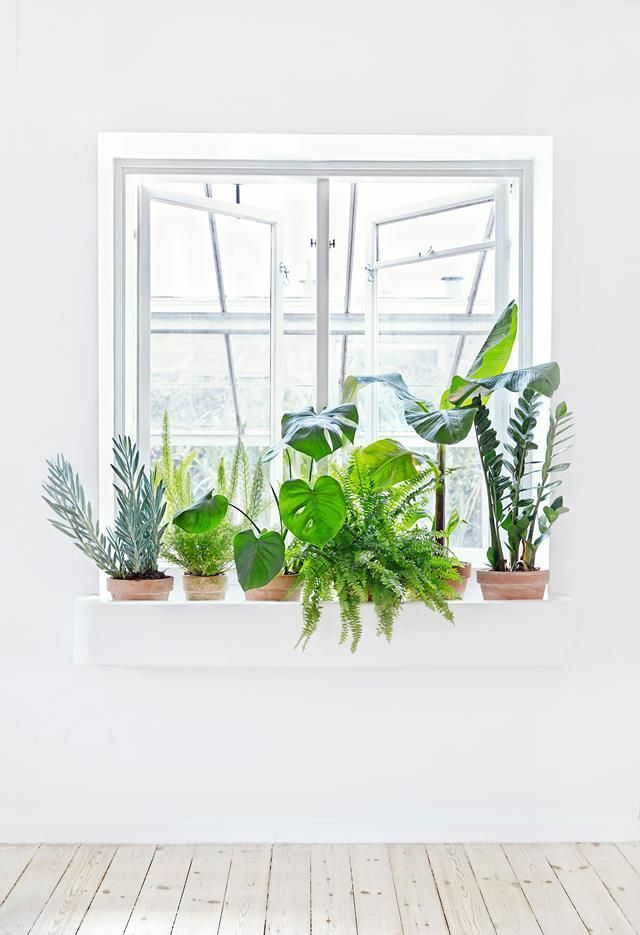
Picture 11 – Do you have a little corner left on your kitchen counter? Put a vase of zamioculca in it.
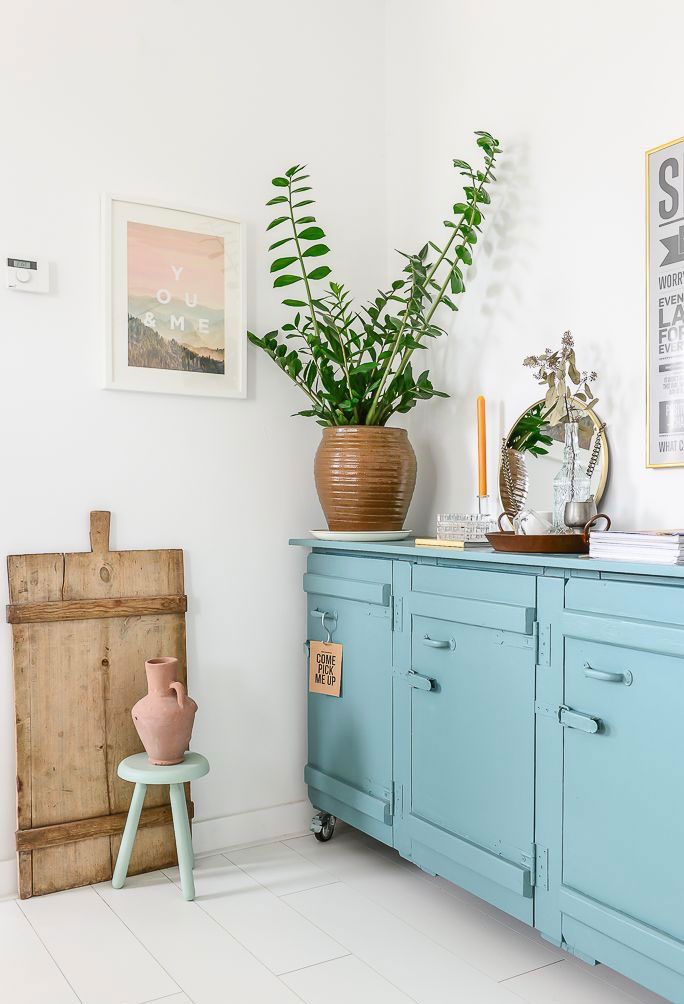
Picture 12 – The zamioculca decorates and fills the room with life.
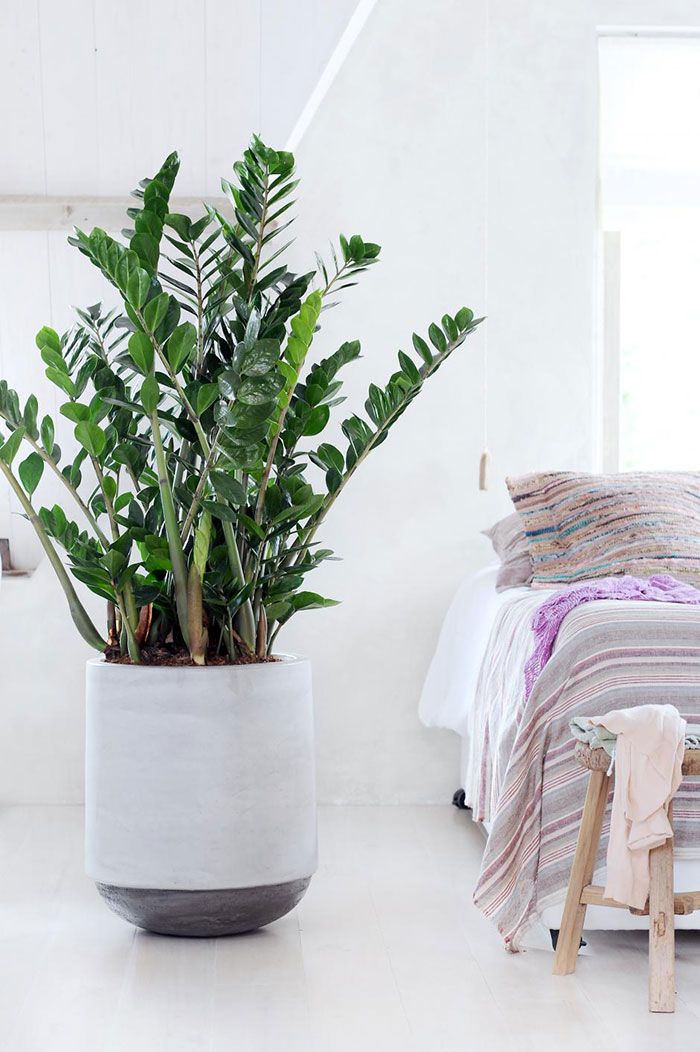
Image 13 – On the books, the zamioculca is displayed.
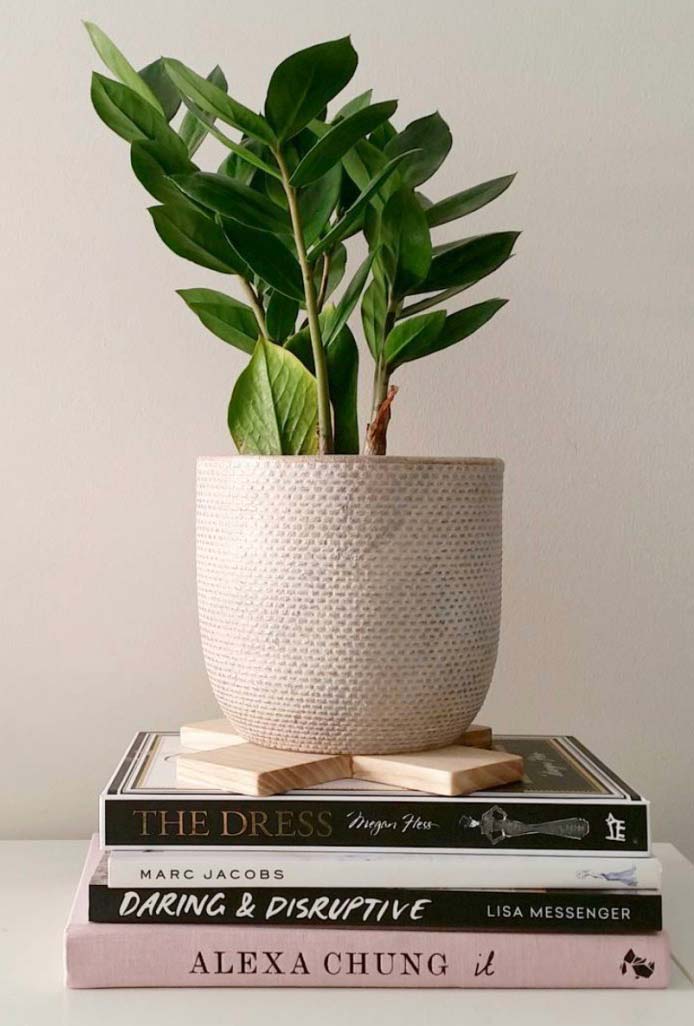
Picture 14 – Mini zamioculca vase to be placed wherever you want.
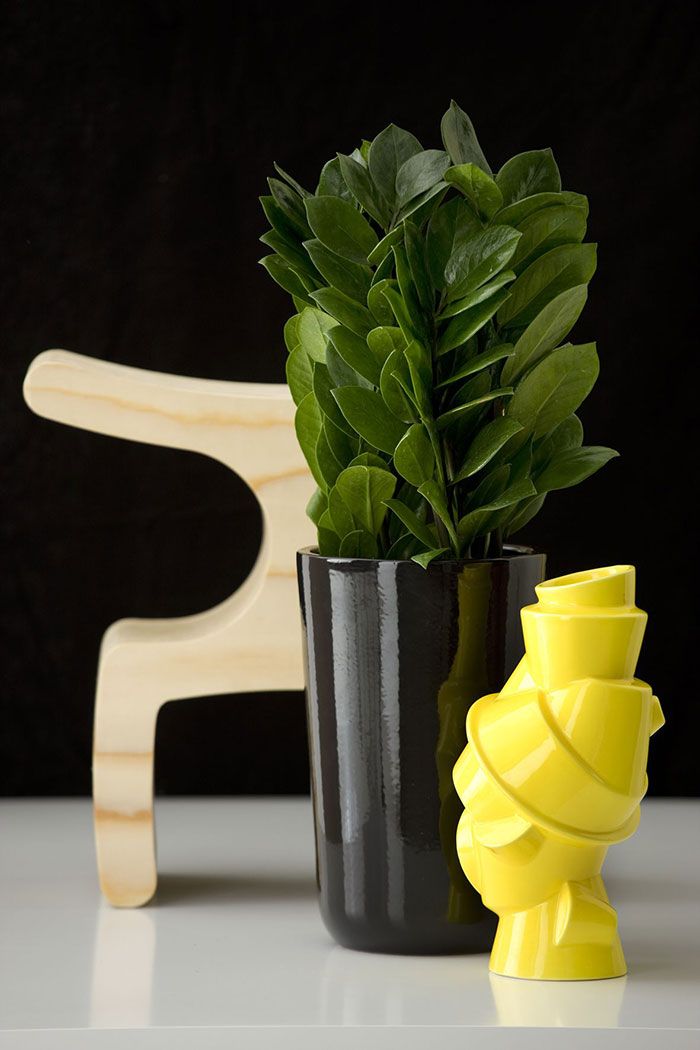
Picture 15 – The clean and modern decor of this home office has gained a touch of life and nature with the presence of zamioculca.
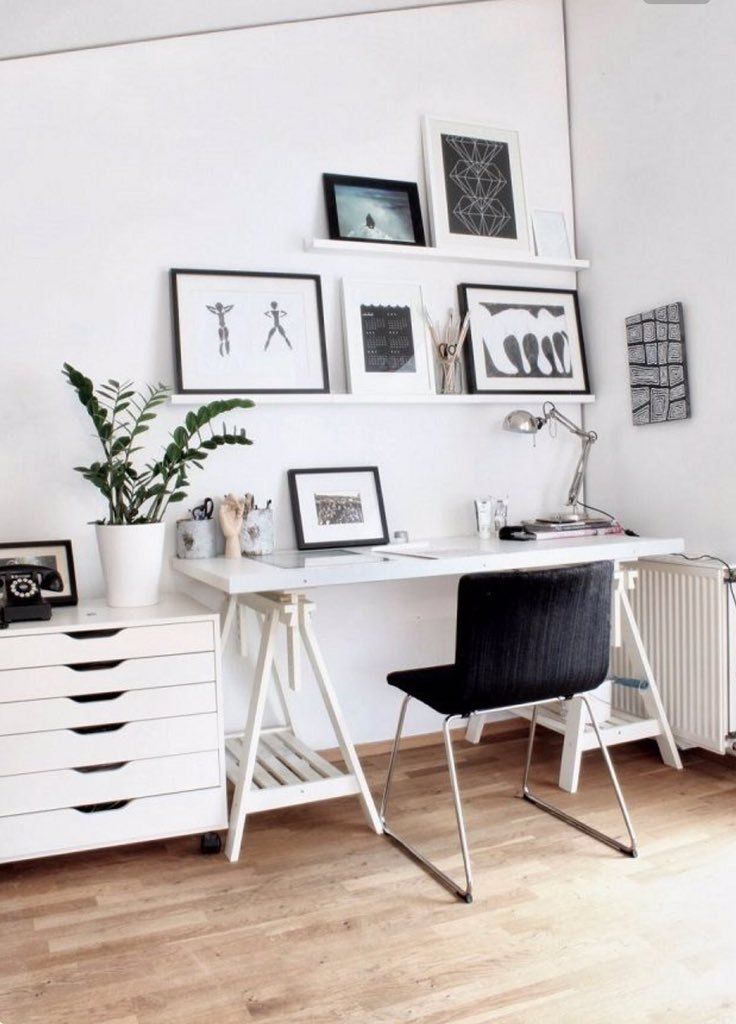
Image 16 – Choose the vase with the color and material that best matches your home decor.
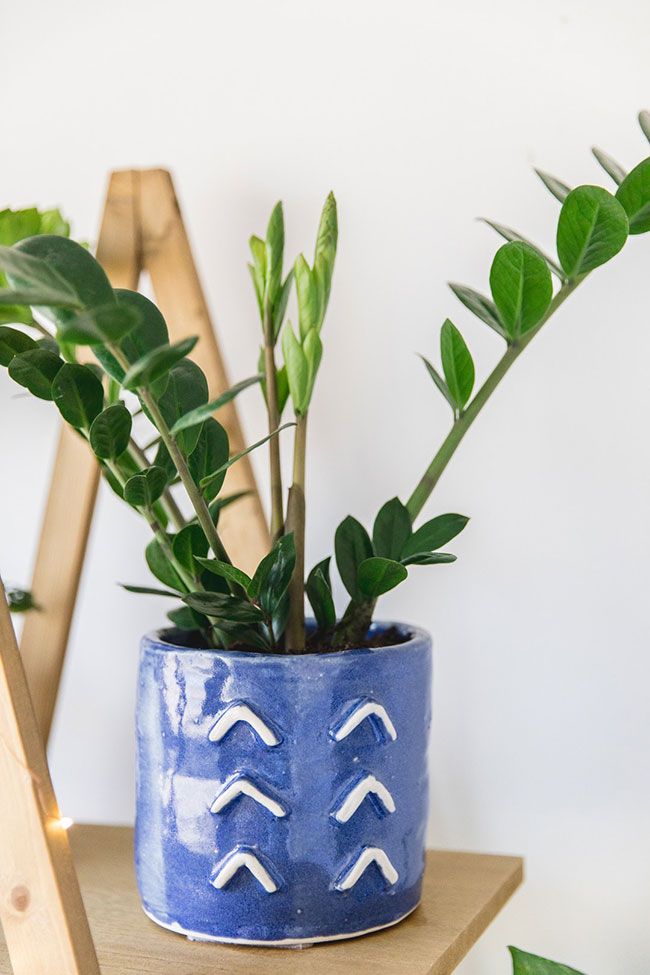
Image 17 – When planted in different pots it is important to ascertain the need for watering each one, since the clay pot requires more water than the plastic pot.
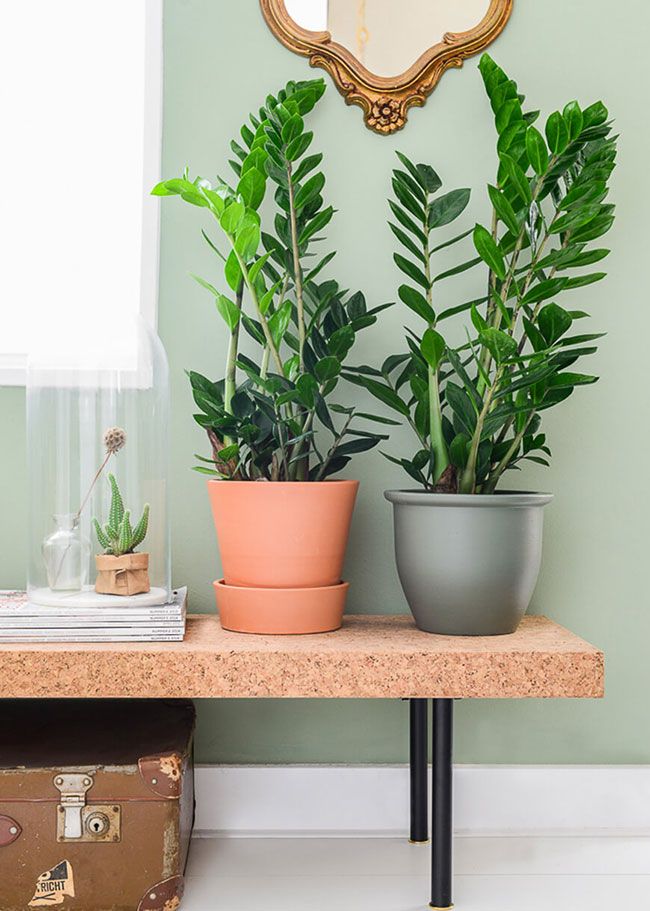
Picture 18 – Use of plants in the decoration contributes to make the environments more cozy and welcoming.
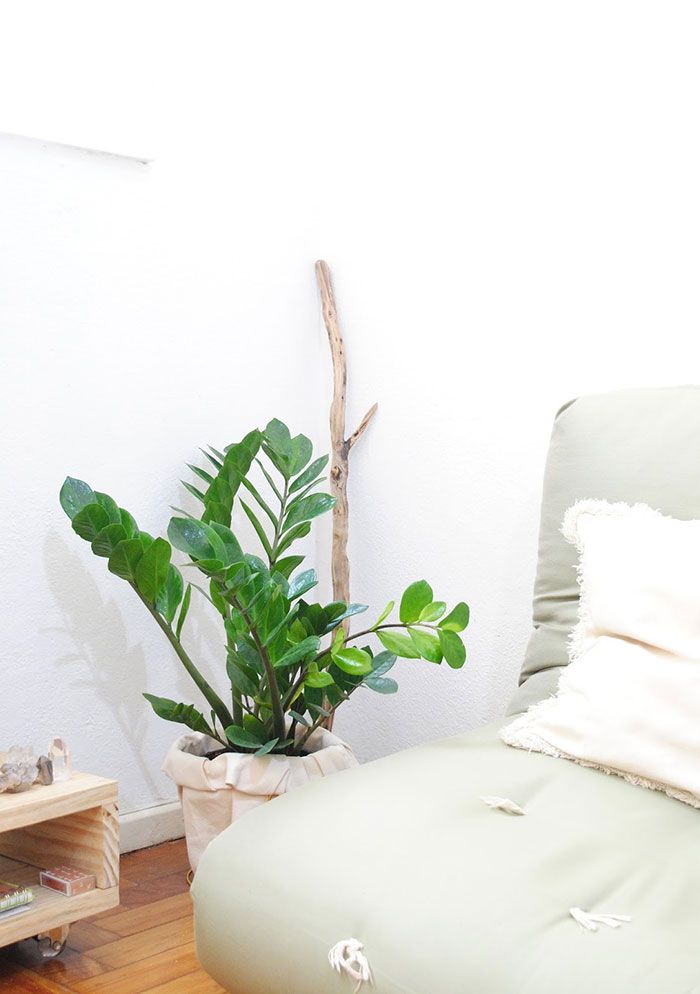
Picture 19 – Thin and elongated branches of zamioculca are great for composing a more elegant and sophisticated decoration.
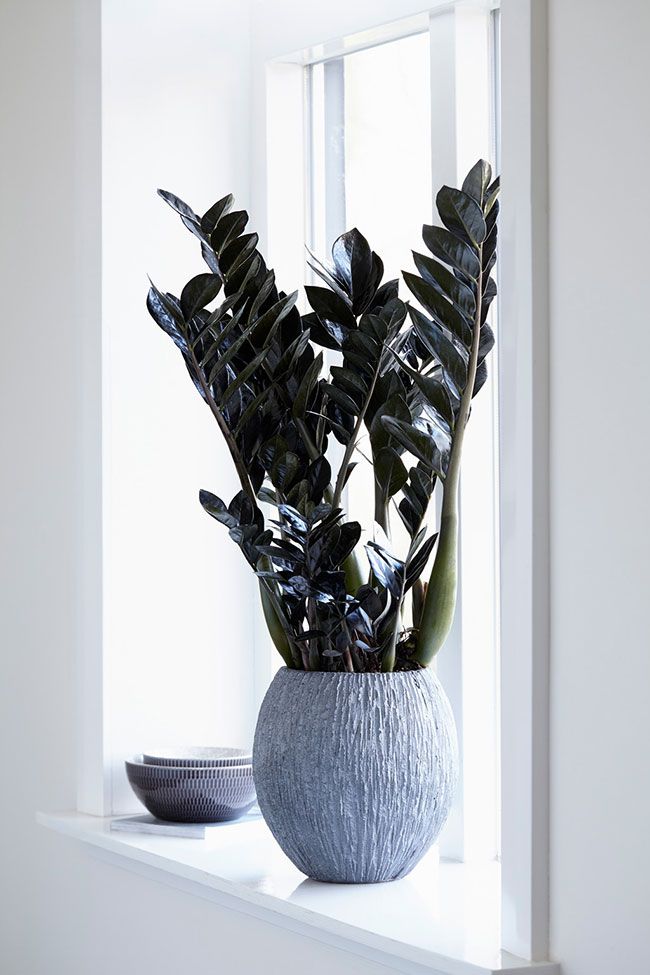
Picture 20 – Zamioculcas flower bed to refresh and purify the office air.
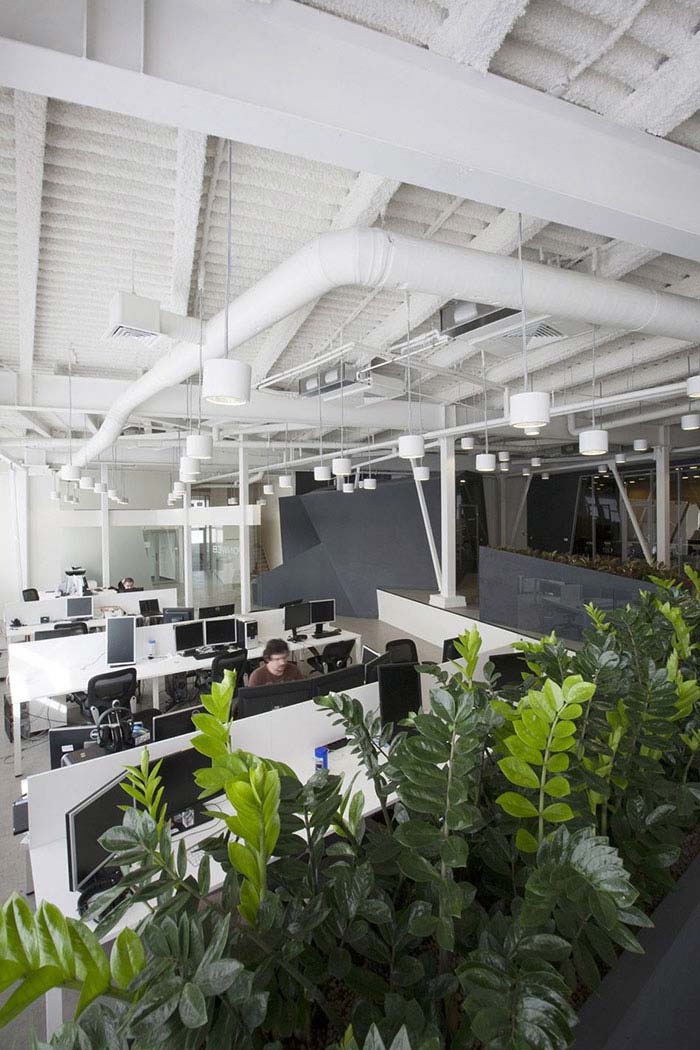
Picture 21 – Zamioculca vase composing ethnic and rustic decoration.
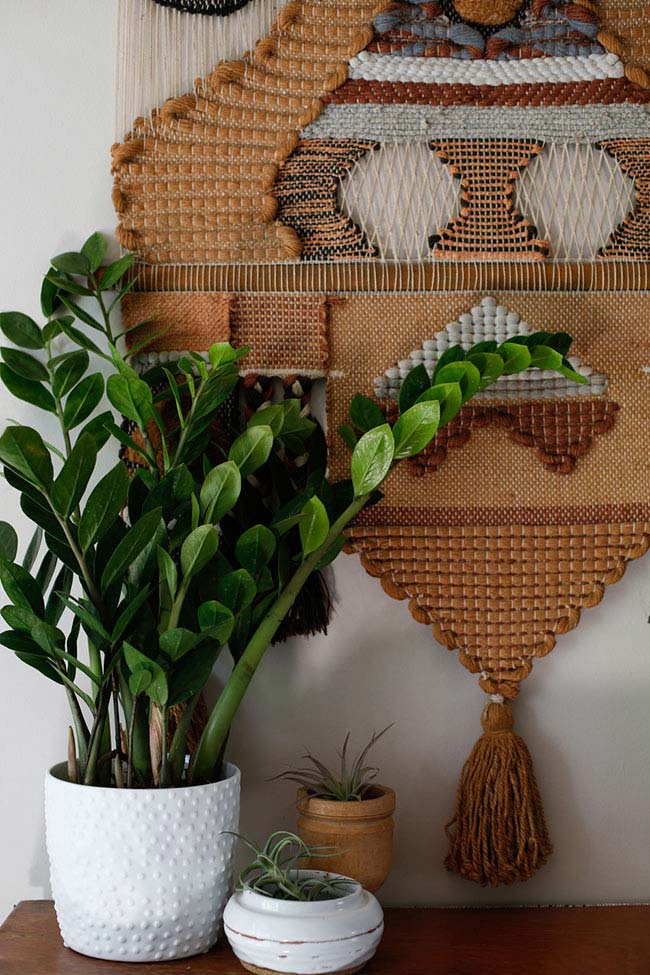
Picture 22 – If you live in an apartment or in a house without much natural lighting, bet on the use of zamioculca to decorate the environments.
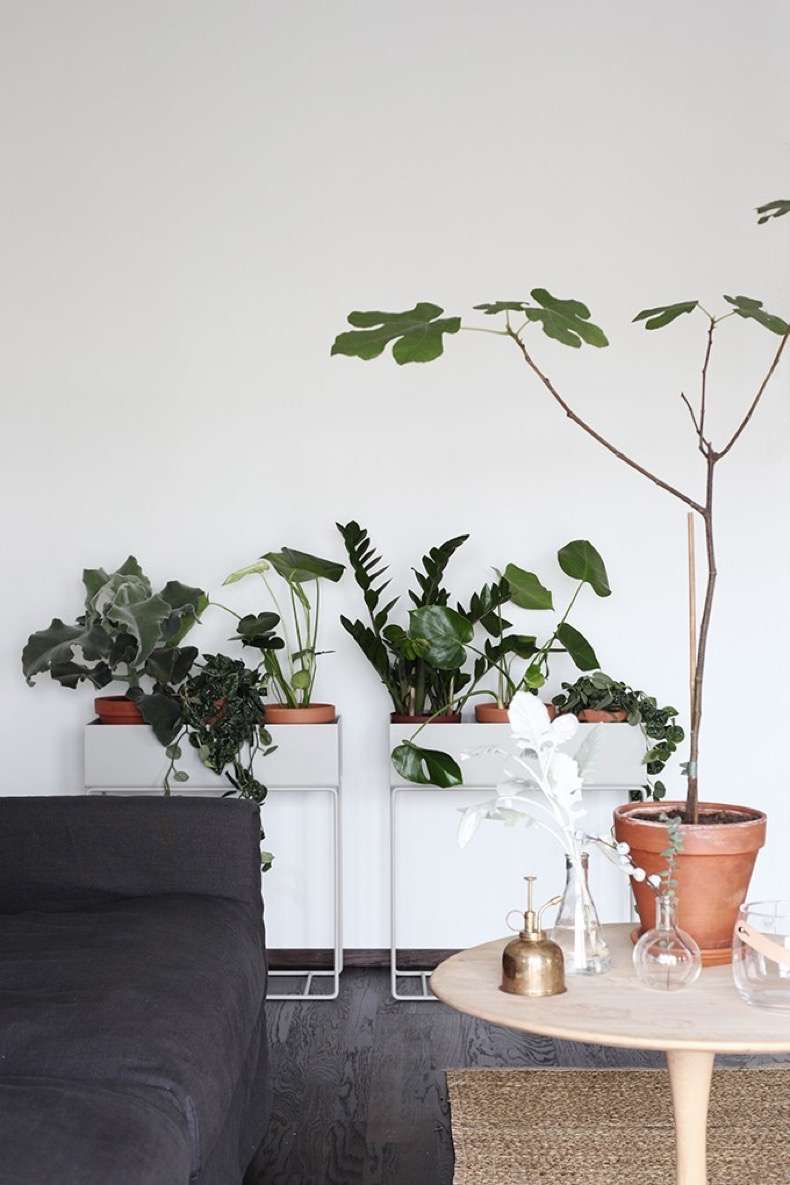
Picture 23 – The woody tones and the green of the zamioculca leaves guarantee the harmonious contrast of this bathroom.
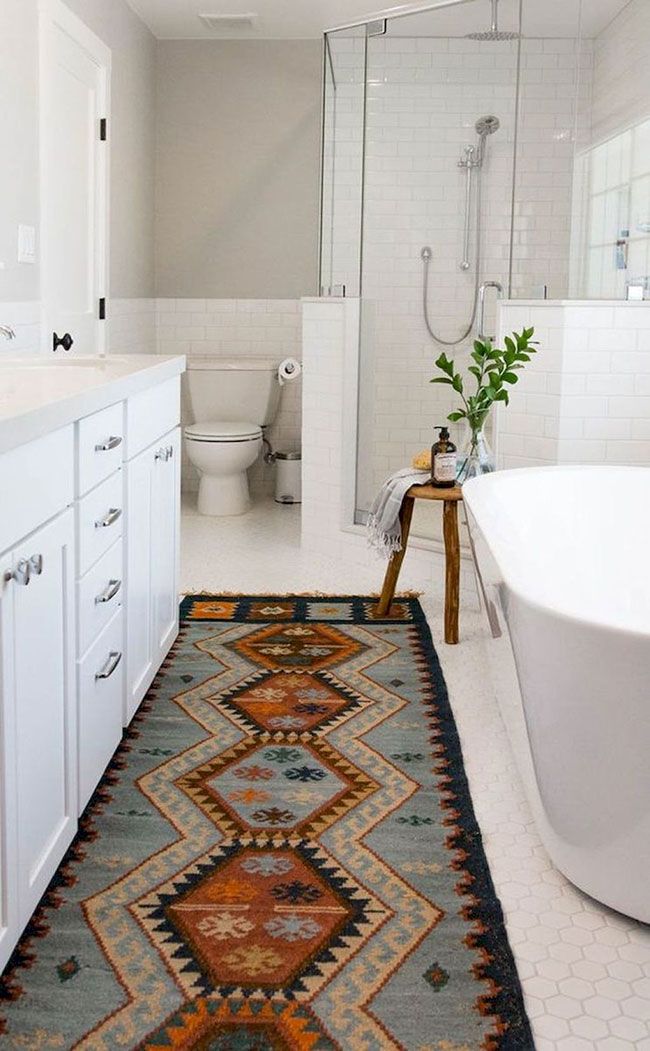
Image 24 – The rustic table won a vase of zamioculca to help in the decoration.
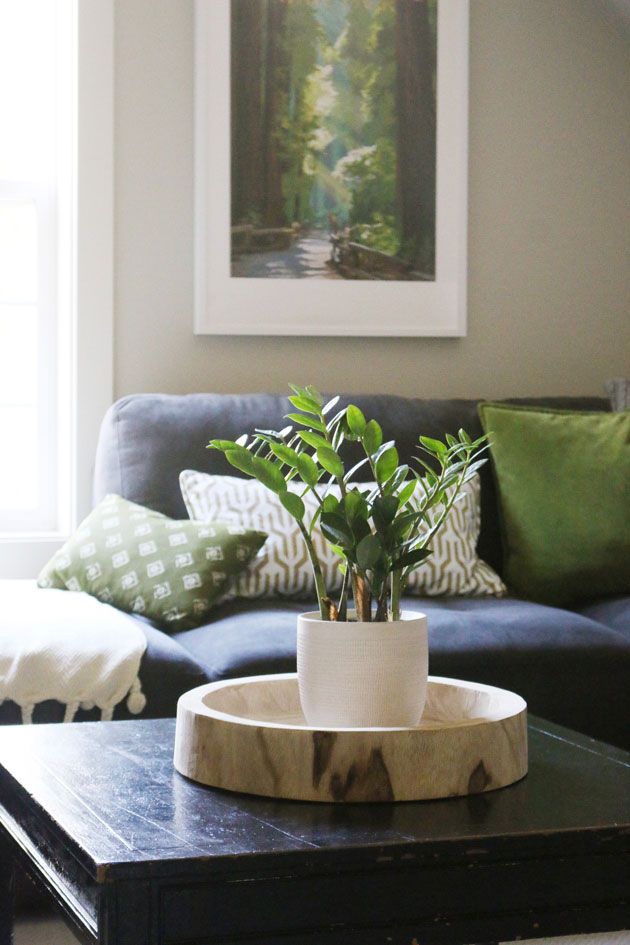
Picture 25 – The large zamioculca vase embraces the other species around it, guaranteeing the green beauty of this well-lit balcony.
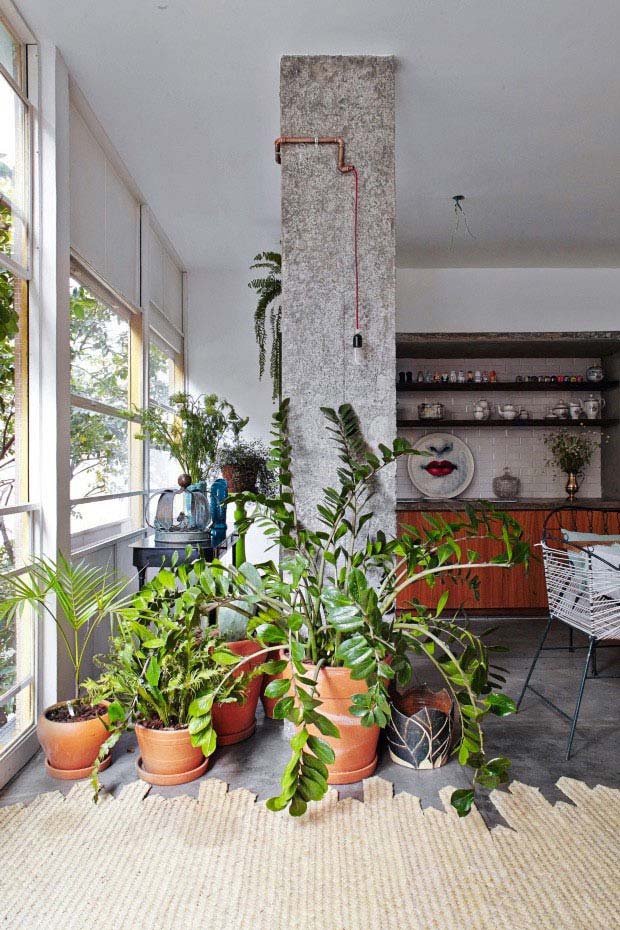
Image 26 – Trio of zamioculcas decorating the corridor illuminated only by an LED sign.
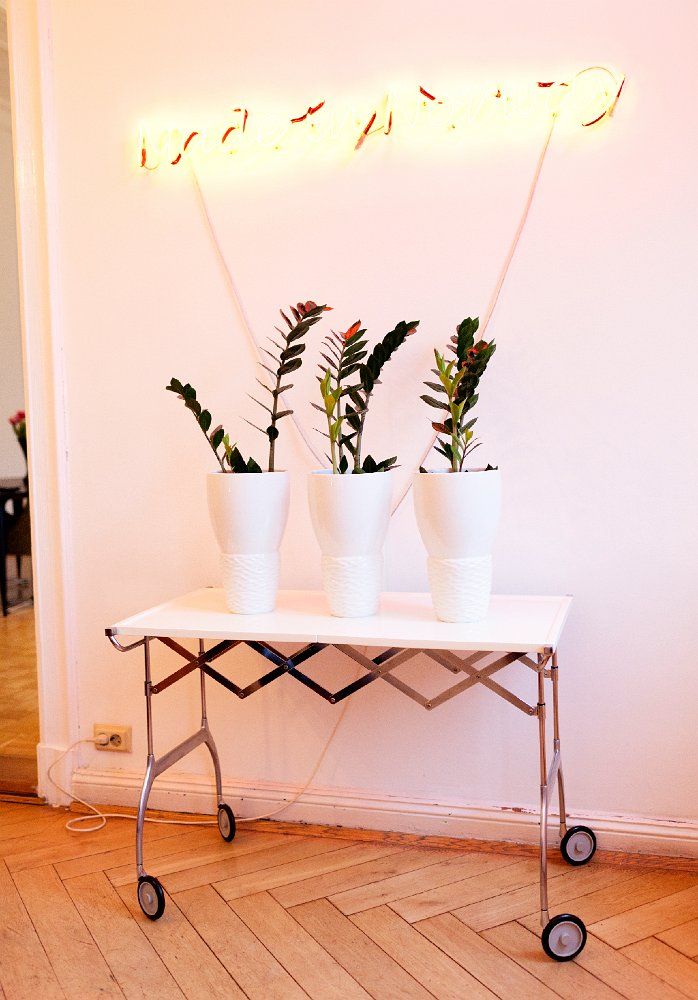
Picture 27 – Tall vase with zamioculcas marks area between the kitchen and the dining room.
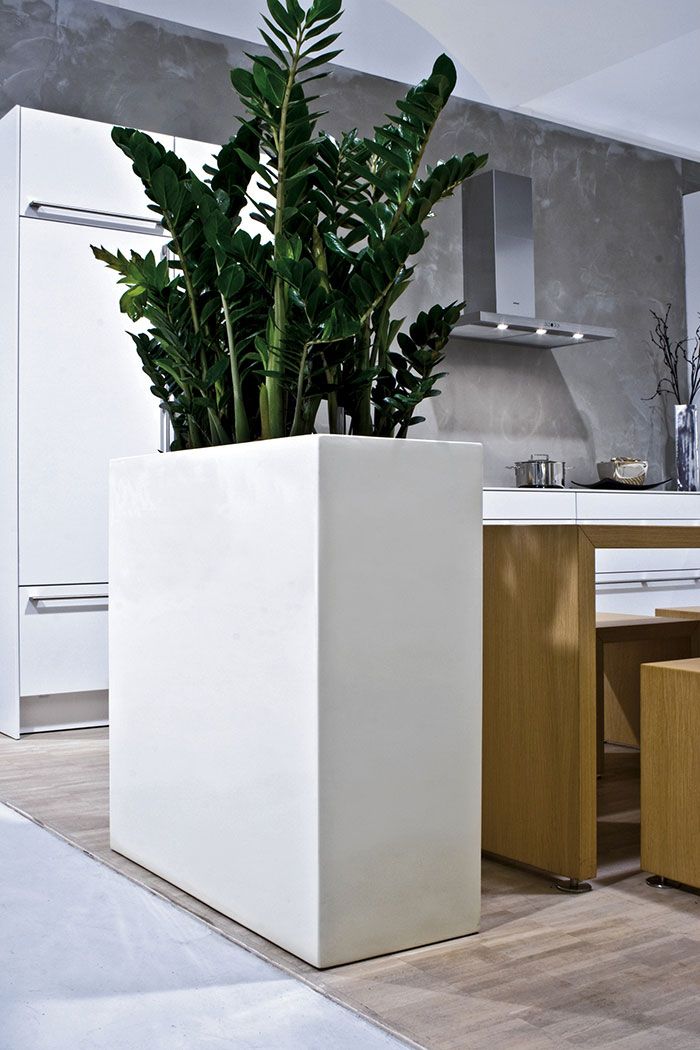
Image 28 – For the most modern and youthful environments, metal vases are a great option.
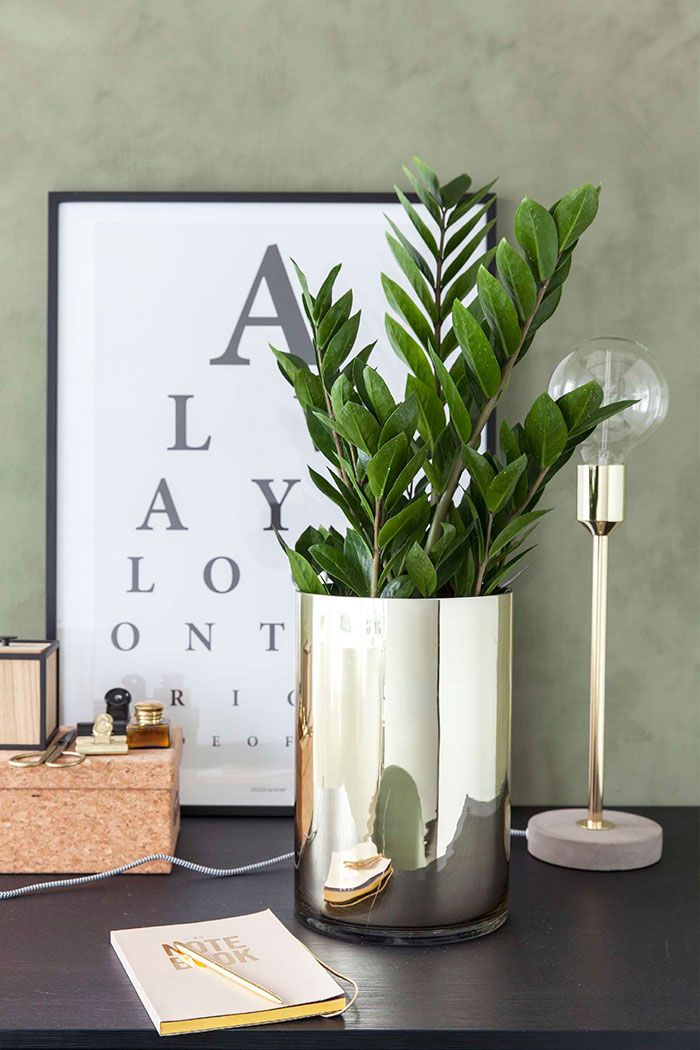
Image 29 – Bulky and well-kept vase of zamioculcas adorns the foot of the stairs.
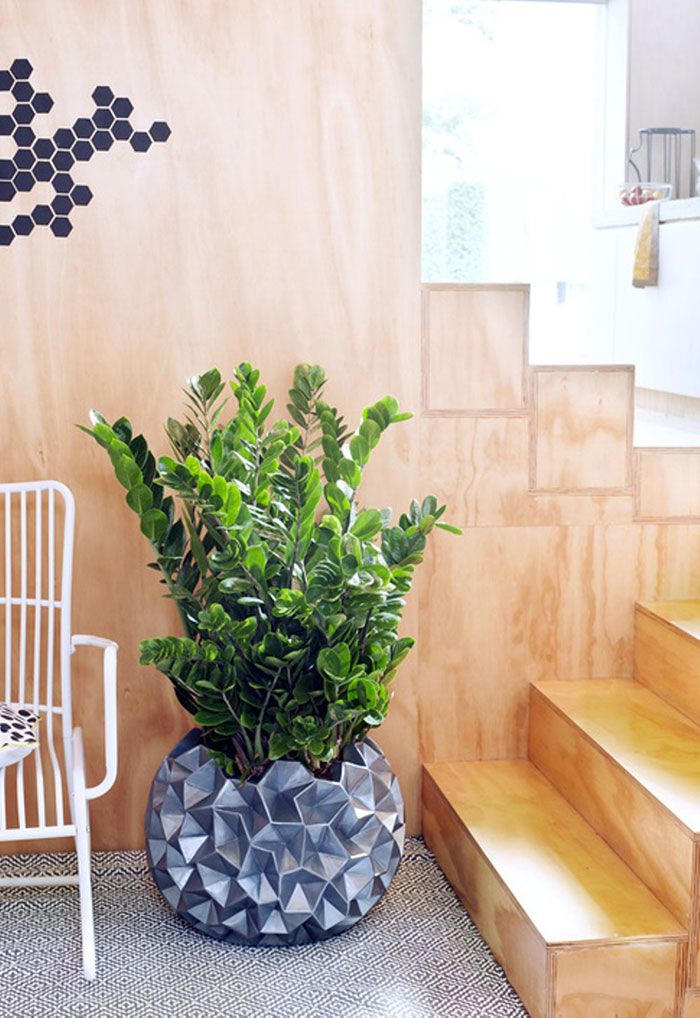
Picture 30 – Zamioculca and cactus sharing the same environment without any conflict.
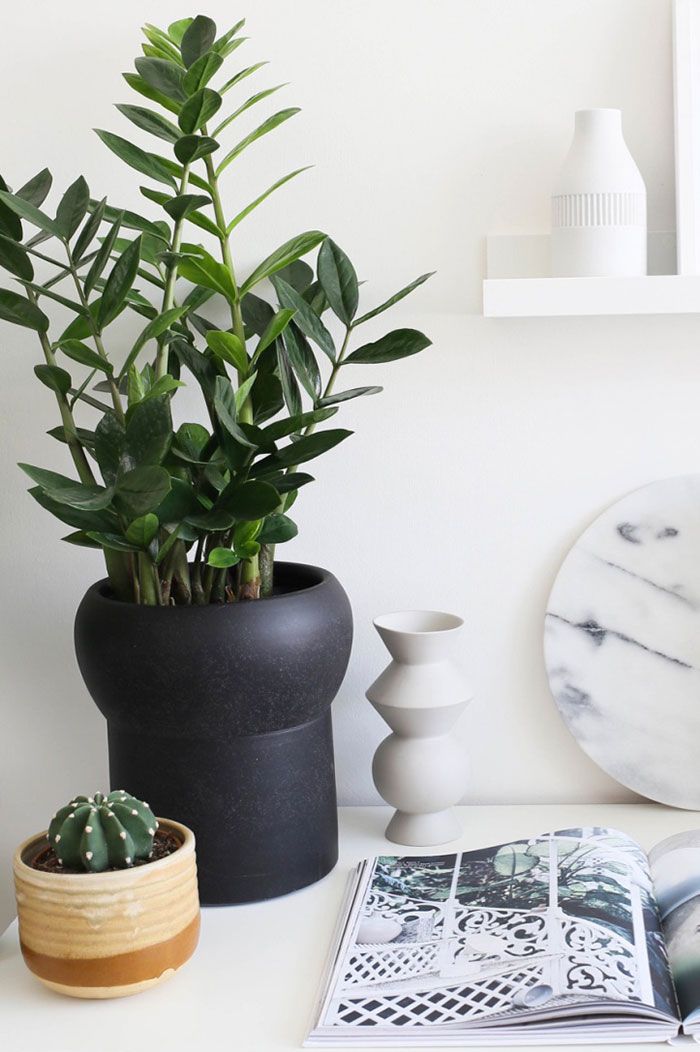
Picture 31 – Rustic and retro style bathroom decorated with zamioculca vase.
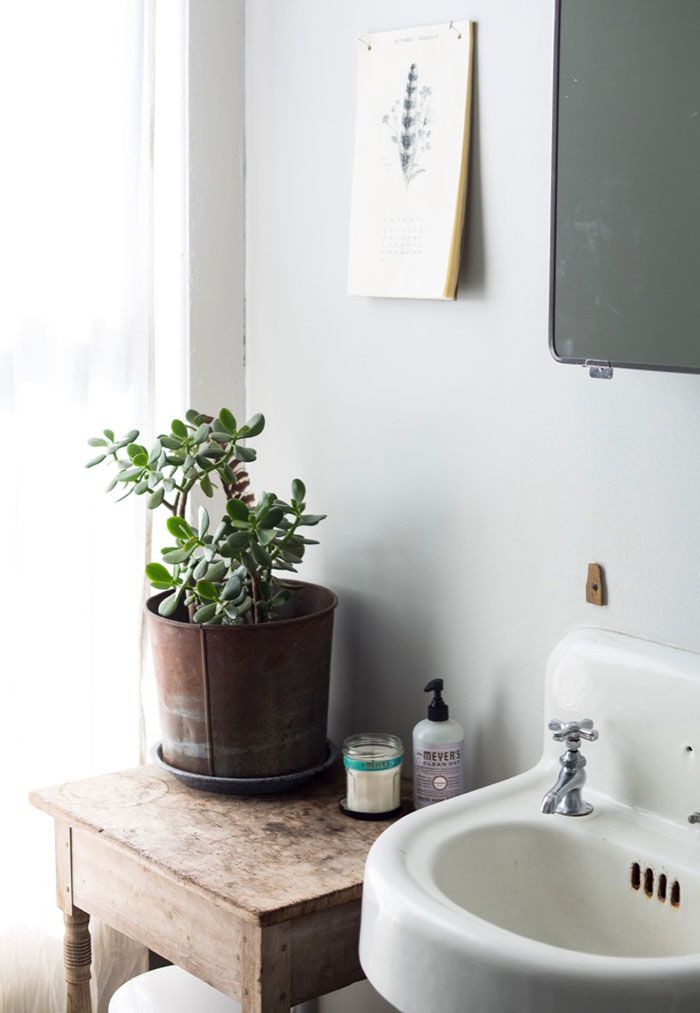
Image 32 – Always remember to remove yellow and dead leaves from the zamioculca, thus ensuring a uniform bright green throughout the plant.
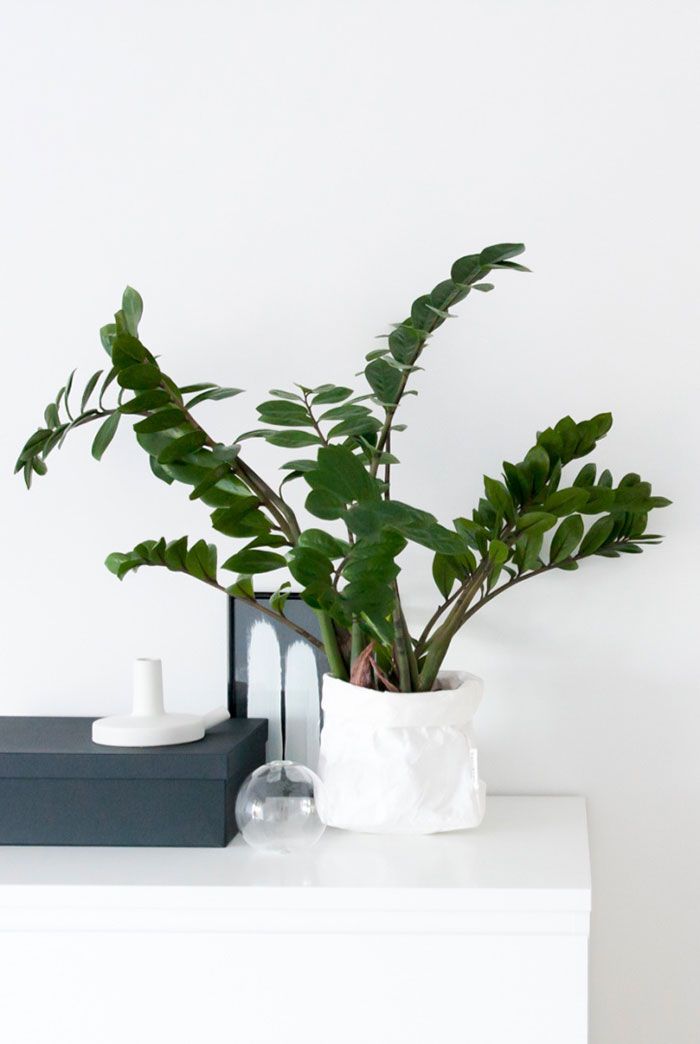
Image 33 – Slowly growing, the zamioculca does not need to be replanted before three years.
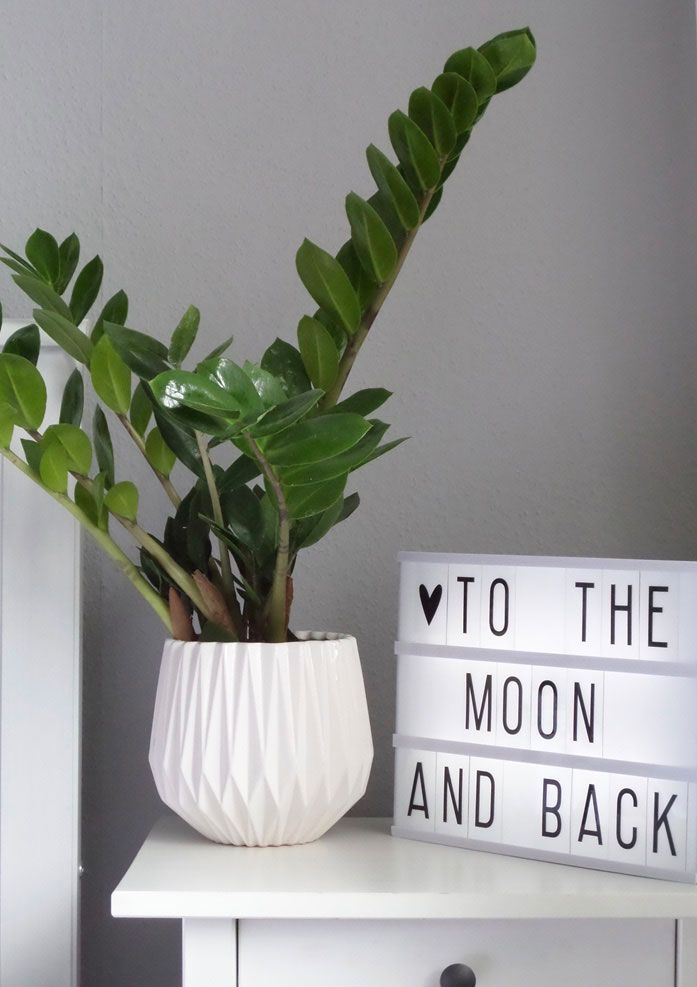
Image 34 – The large window concentrates the plants close to each other, creating a passionate green environment.
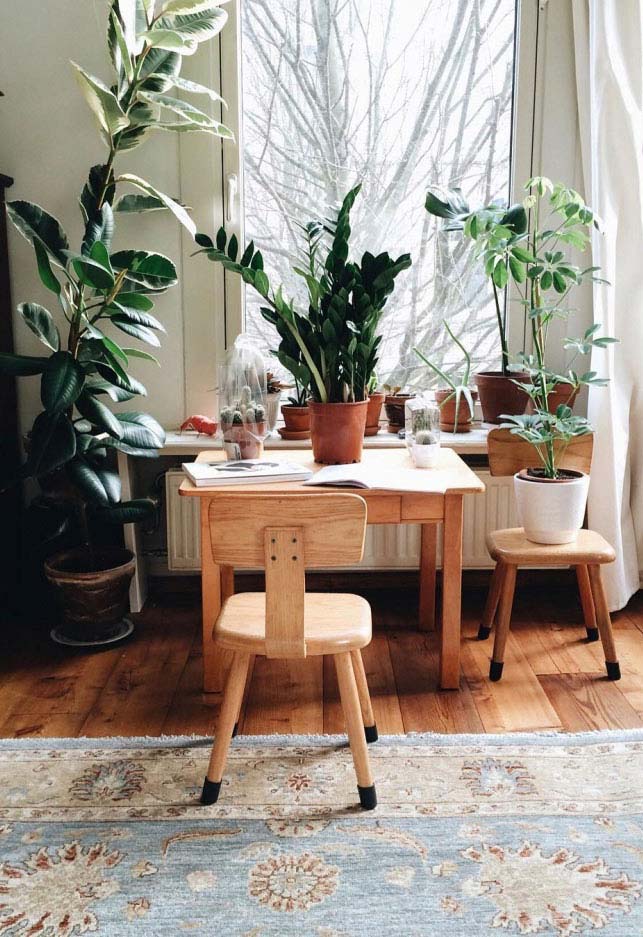
Image 35 – Discreet, the small specimen of zamioculca helps to break the black and white duality of this kitchen.
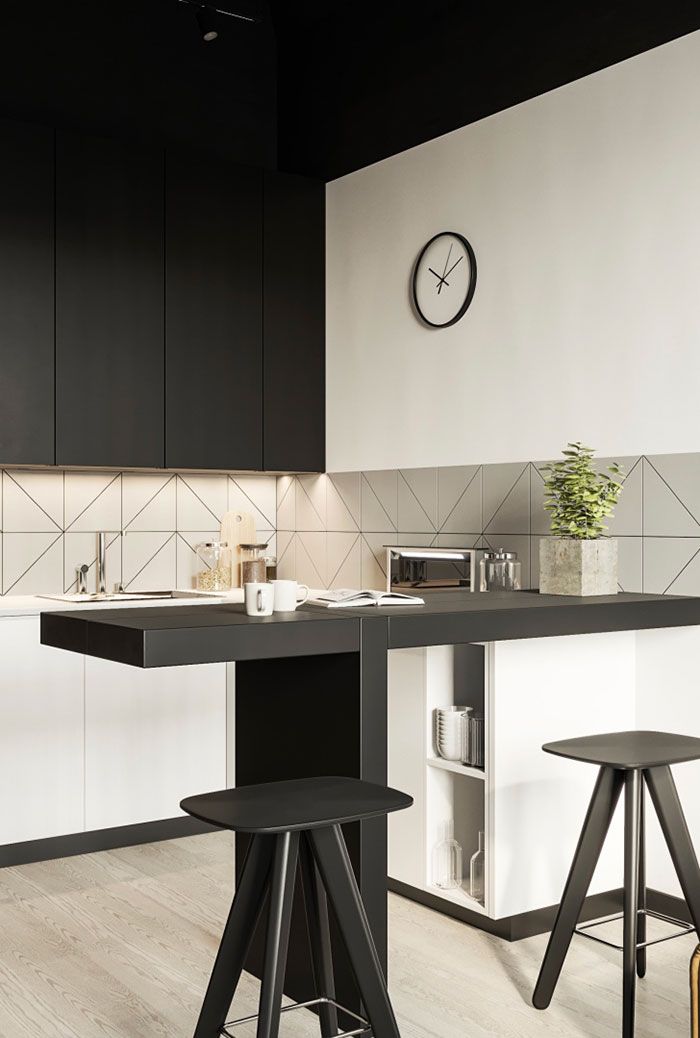
Image 36 – In the entrance hall, the zamioculca helps to bring protection, luck and prosperity to the residents.

Image 37 – It doesn't matter how big it is, but always have a green corner at home, to renew your energy and bring nature closer.
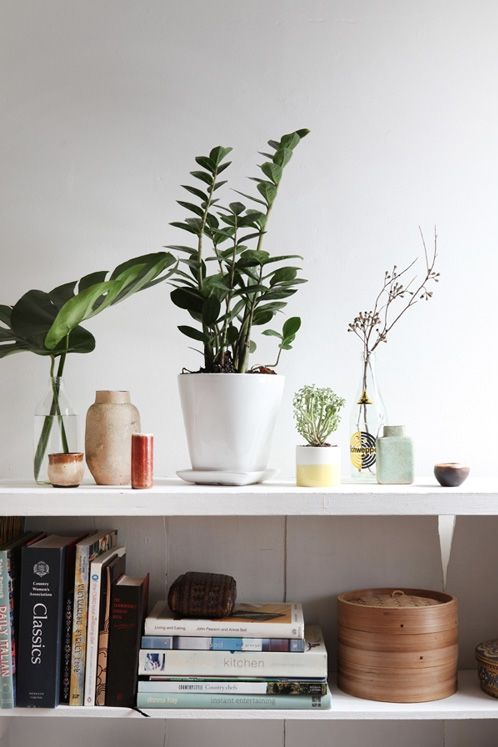
Picture 38 – Zamioculca and succulent are the plants responsible for the decoration of this room.

Image 39 – The seedlings of the zamioculca are visible on the side of the pot and indicate the time of replanting.
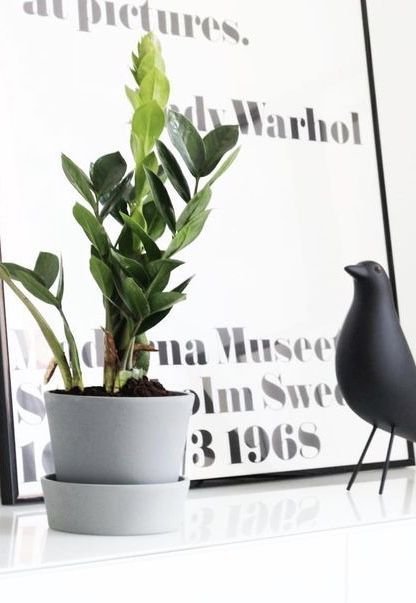
Image 40 – If you prefer, use supports to accommodate potted plants, especially pendants.
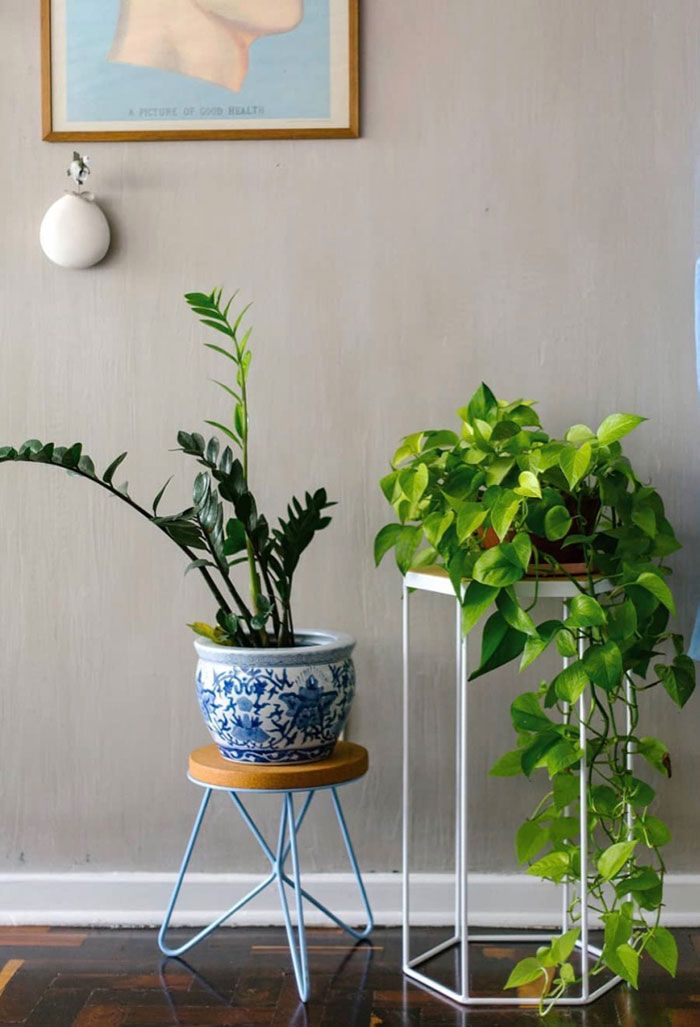
Image 41 – Even if the zamioculca develops well in the shade, natural lighting always gives the plant more vigor and vitality.
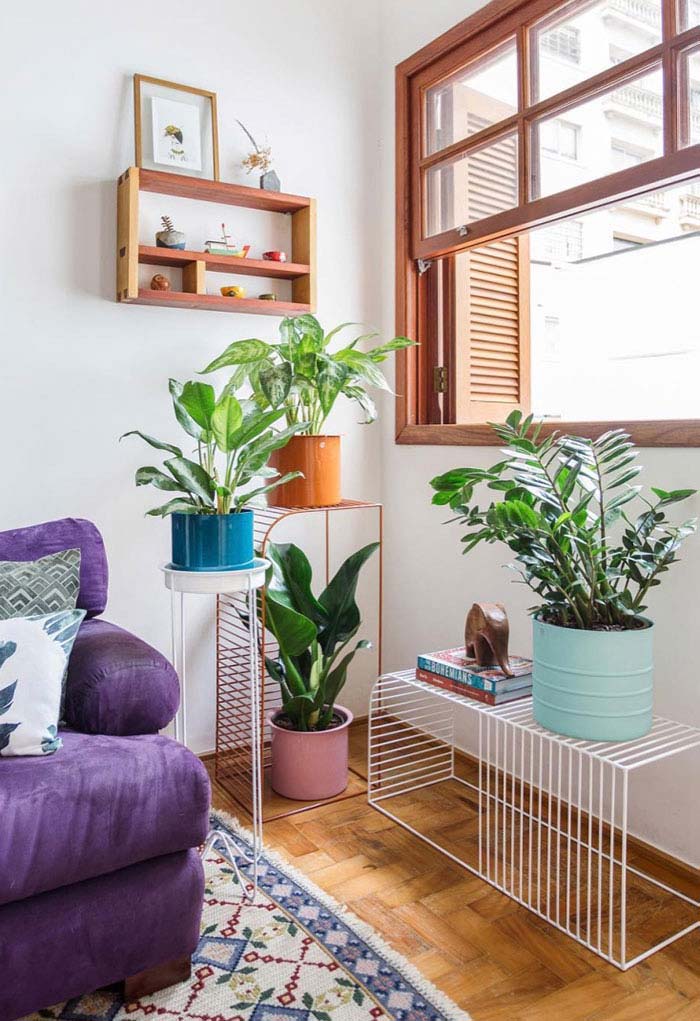
Image 42 – Tall vases leave the imposing zamioculcas, contributing to a more sophisticated decoration; emphasis on the brown tone that predominates in most objects, including the vase.
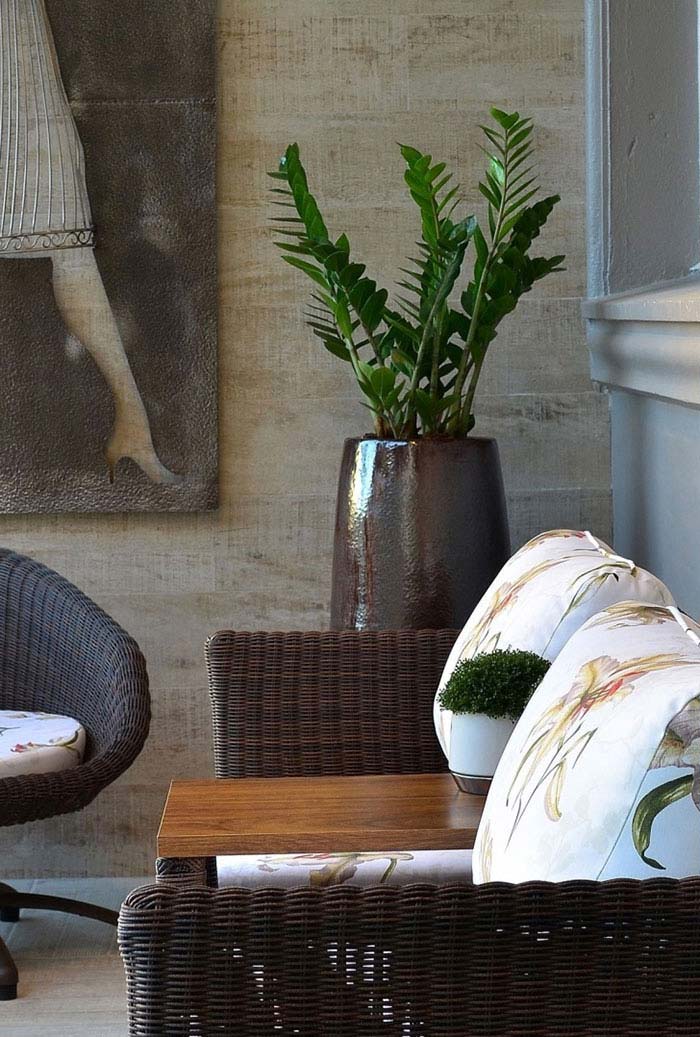
Image 43 – Floating: the white vase goes almost unnoticed in this environment, leaving the zamioculca loose through the air.
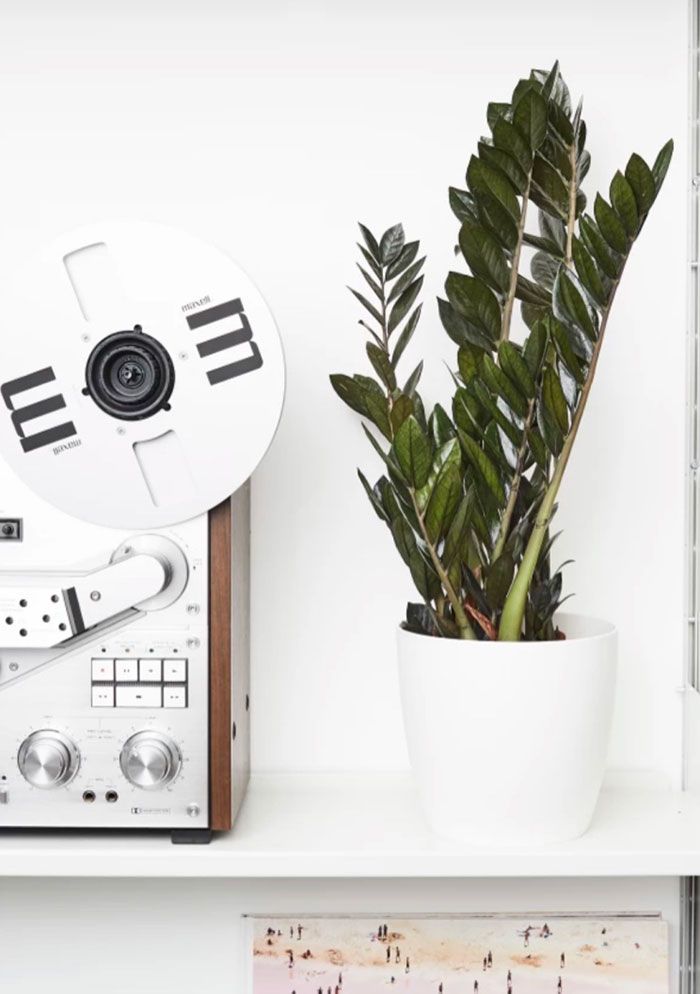
Image 44 – The younger leaves of the zamioculca are characterized by a lighter green tone, while the older leaves have a darker shade of green.
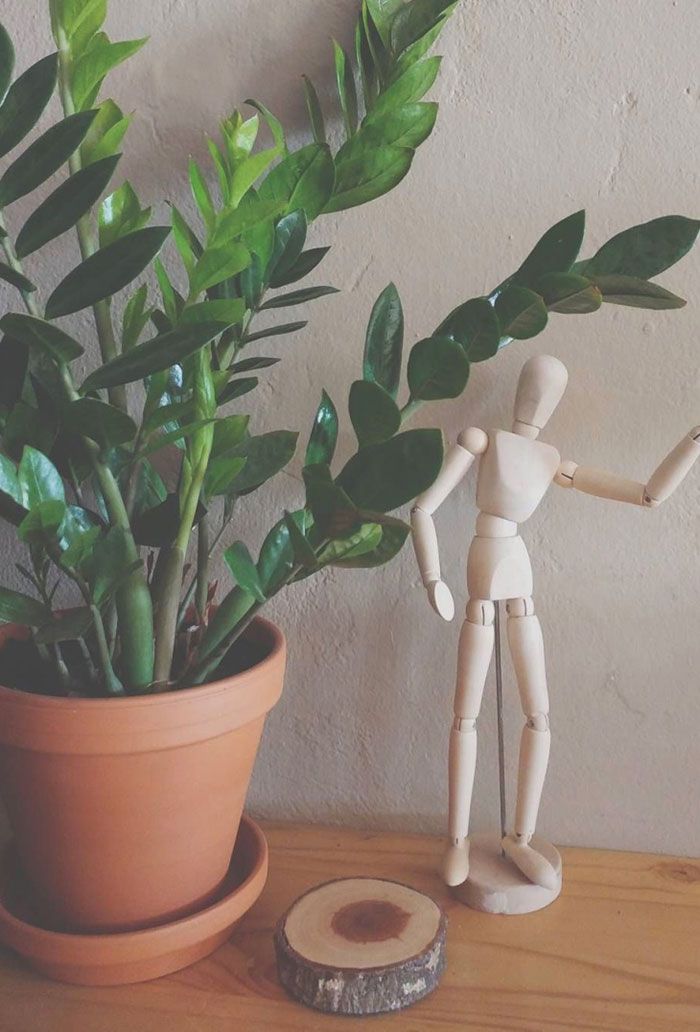
Picture 45 – Green kitchen: varied plants give a fresh and natural touch to the environment.

Image 46 – Insert the zamioculca vase without concern in the environment, it will find its place and will stand out for sure
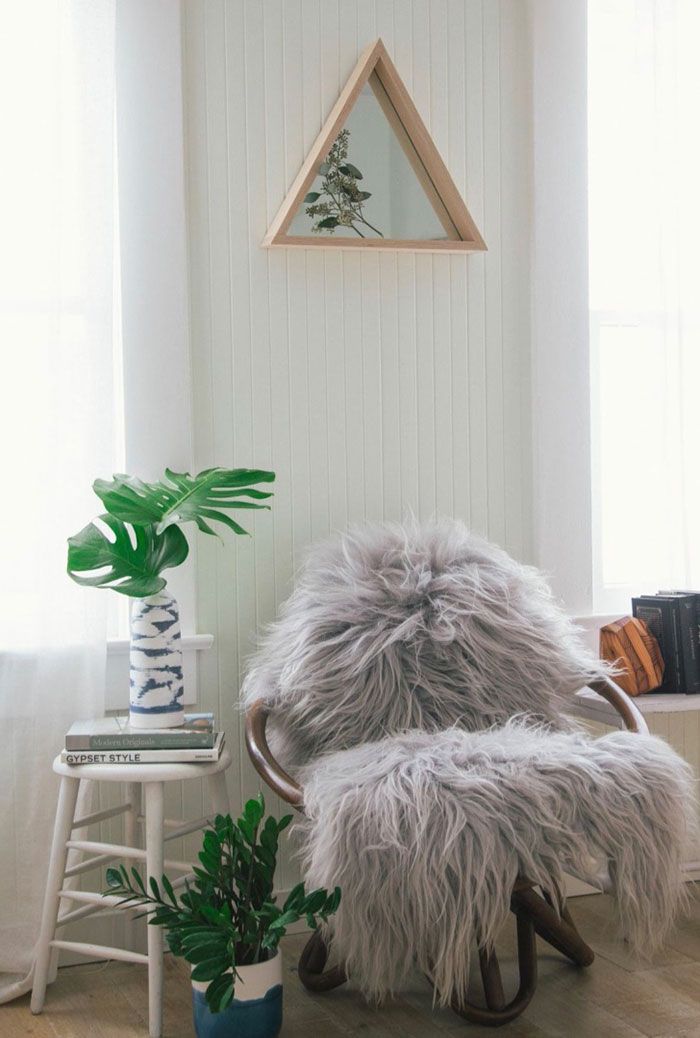
Image 47 – The option in this project was to leave the plants at the top, creating a different decoration.

Image 48 – The cement vase can be the best decor option for the most modern.
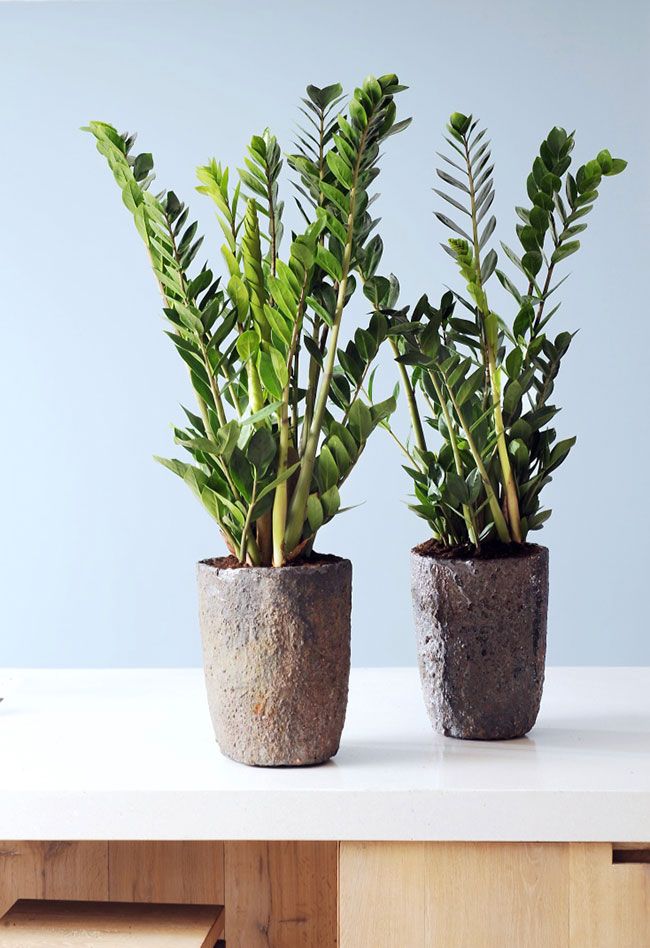
Image 49 – There is no vase that does not match the zamioculca.
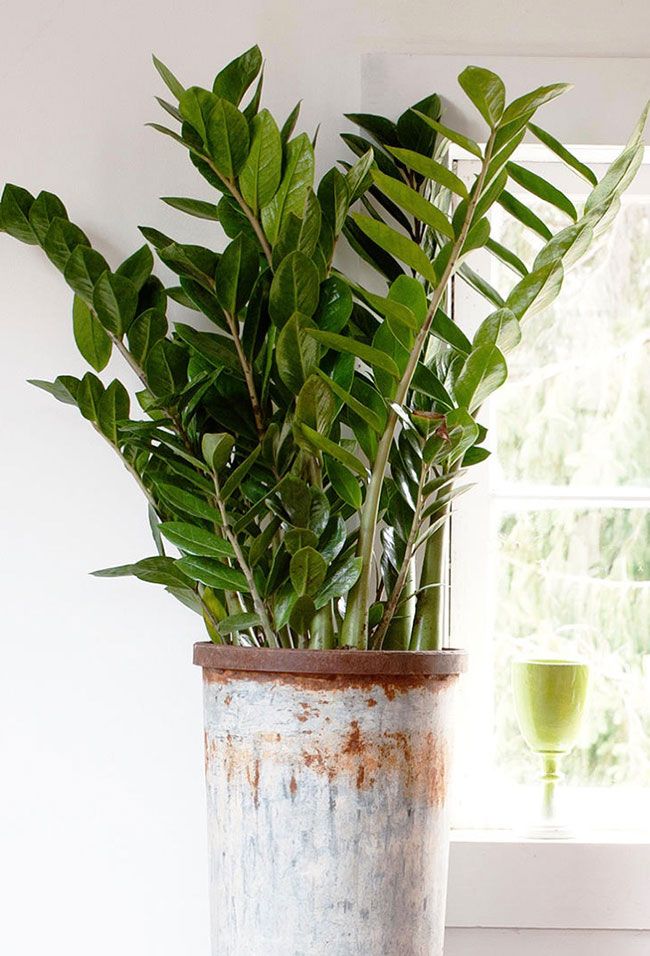
Picture 50 – The rustic blue kitchen knew how to take advantage of the bright green of the leaves of the zamioculca very well.
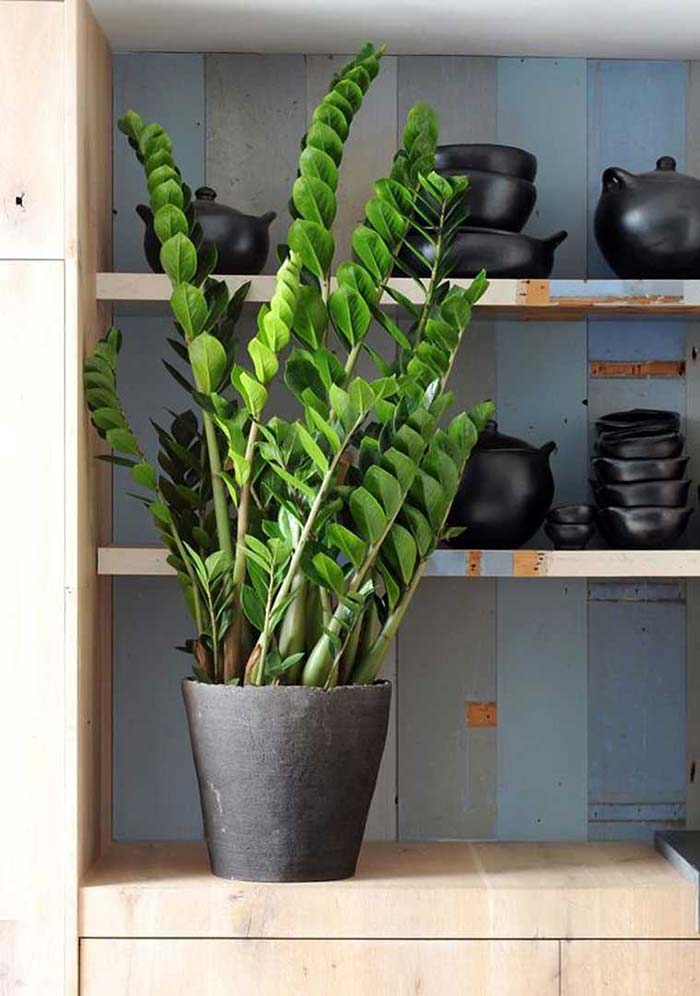
Image 51 – The apparent bricks are already a charm in their own right, in the presence of plants the wall is enhanced even more.
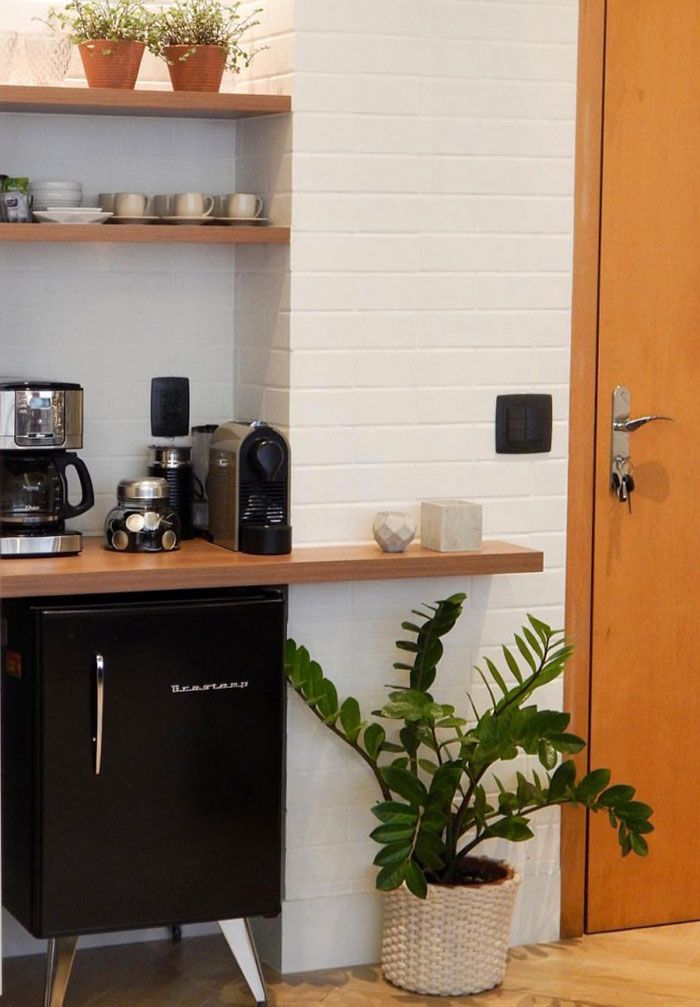
Image 52 – Larger pots are welcome in large environments.

Image 53 – Neutral and sober tones of this kitchen gained a touch of color with the presence of the zamioculca vase on the counter.

Image 54 – Creative and original: the zamioculca was planted in the enameled jar, while the cactus vase catches the idea and is fixed in the jar by a support.
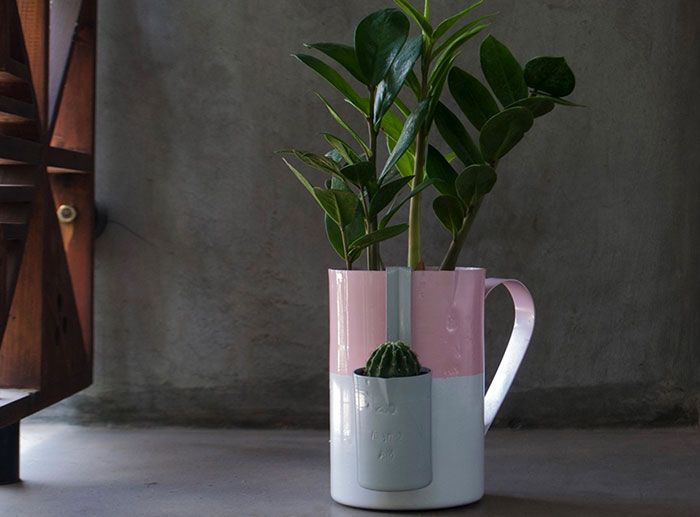
Picture 55 – The bathroom of classic, rustic and retro influence has opted for the zamioculca vase to complete the decoration.
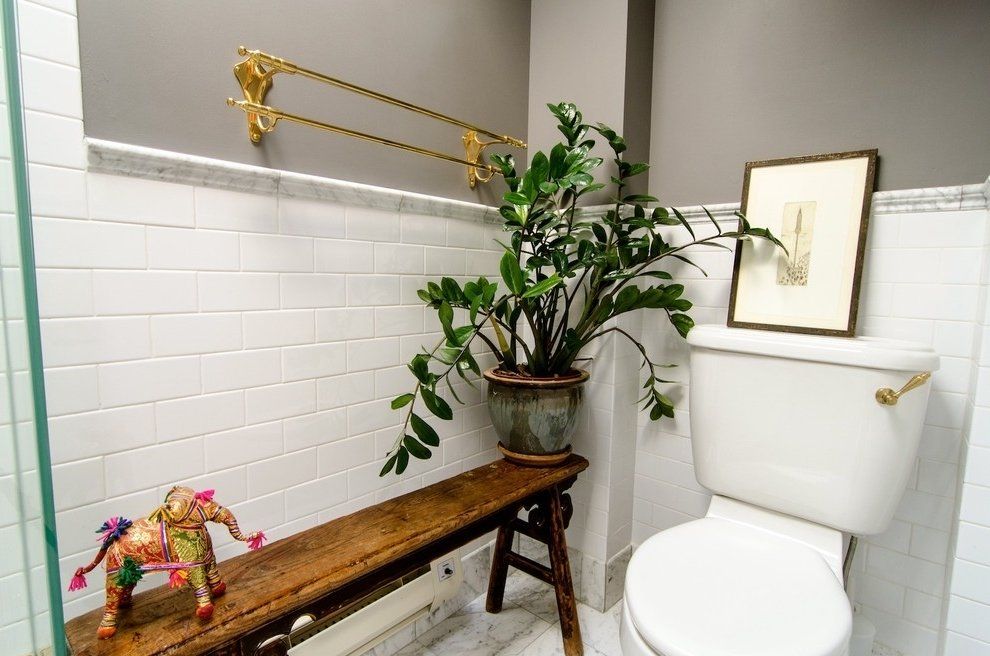
Image 56 – At night, the plants help to renew the air of the environment, so they are ideal for bedrooms.
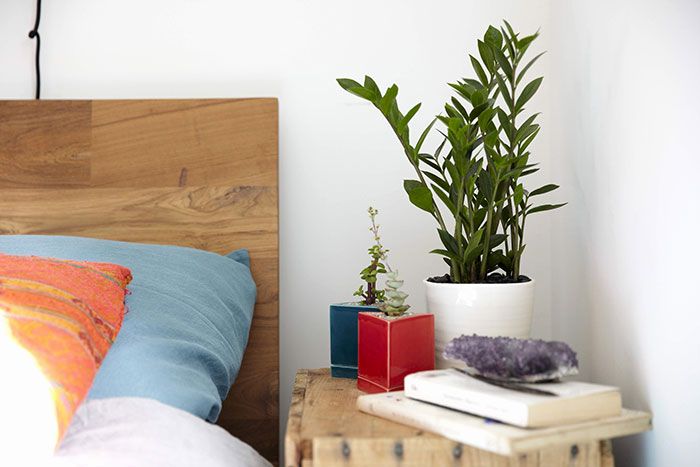
Image 57 – Large and wide vase quietly accommodates several seedlings of zamioculca.
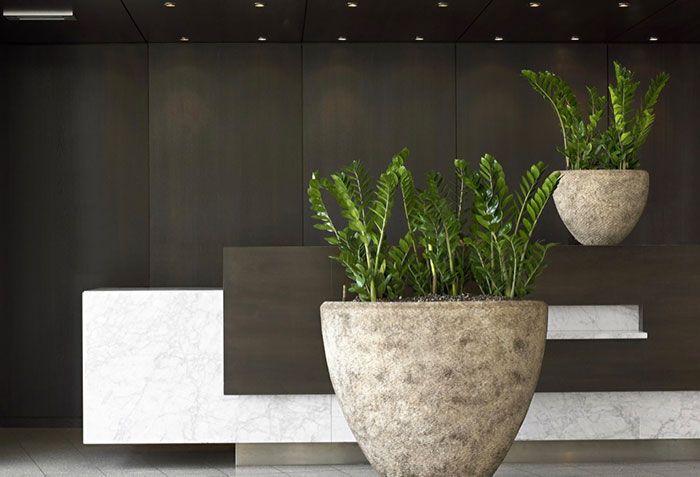
Image 58 – Good use of spaces: in this house, the zamioculca vases were placed under the stairs.
